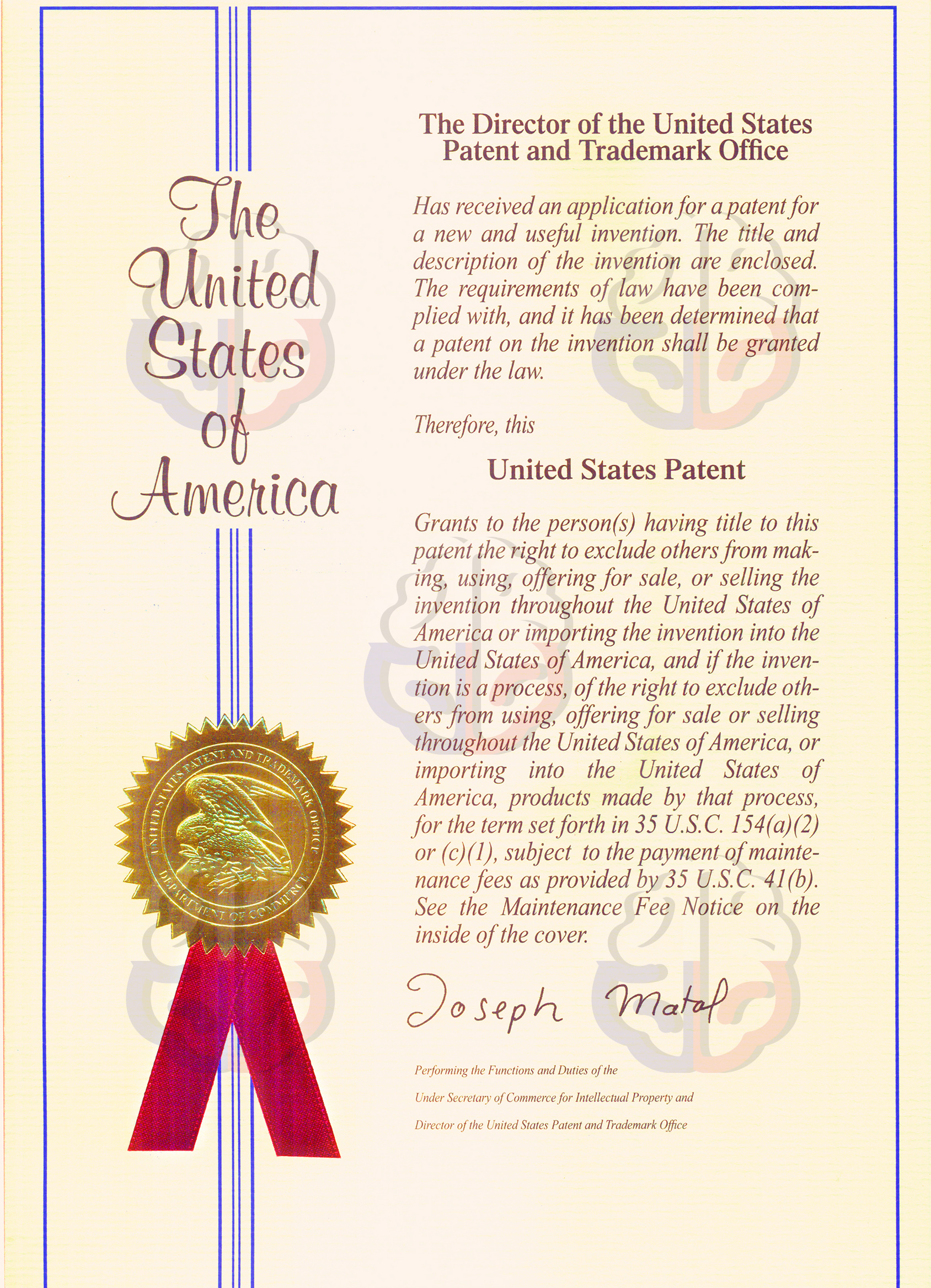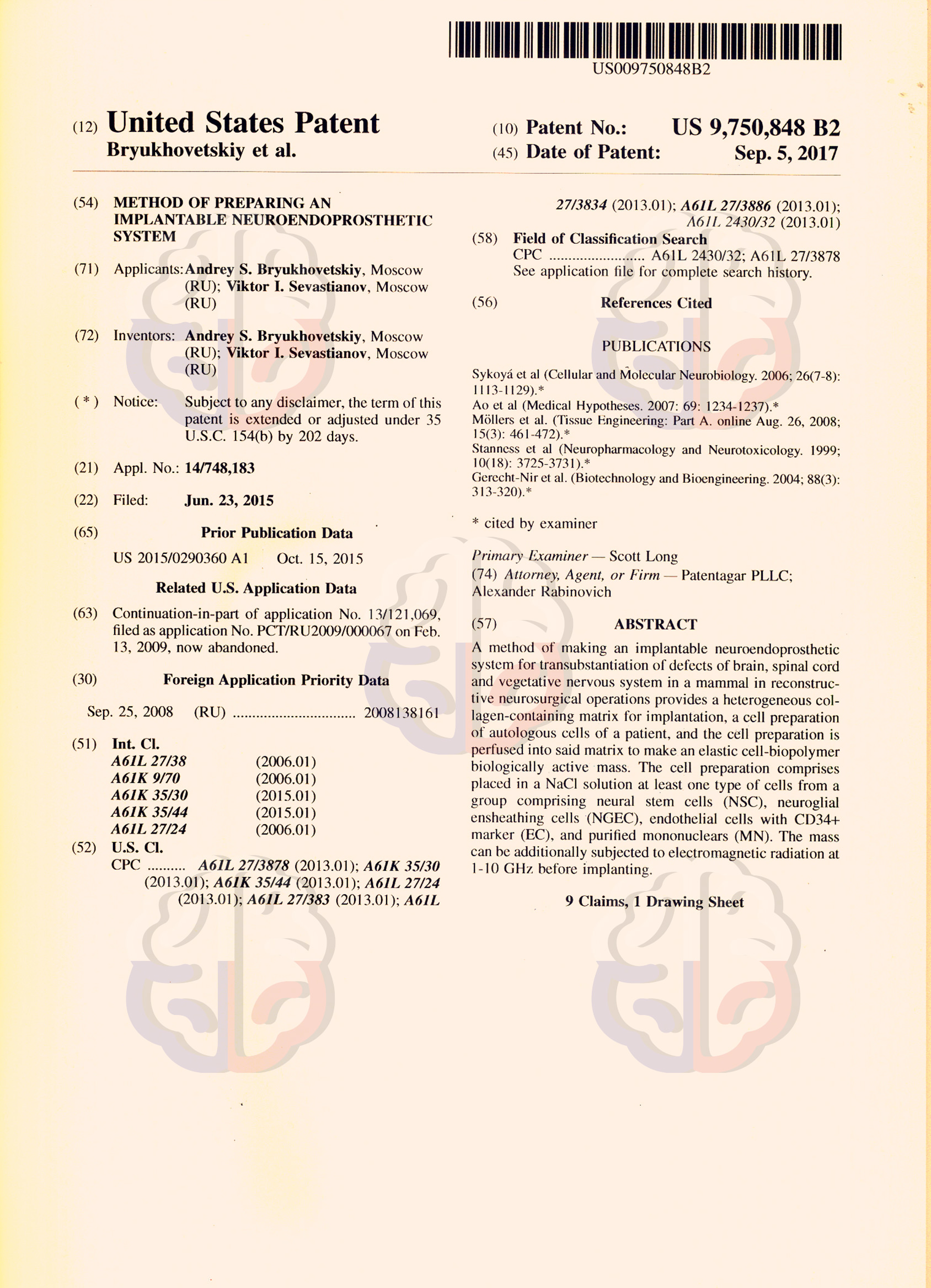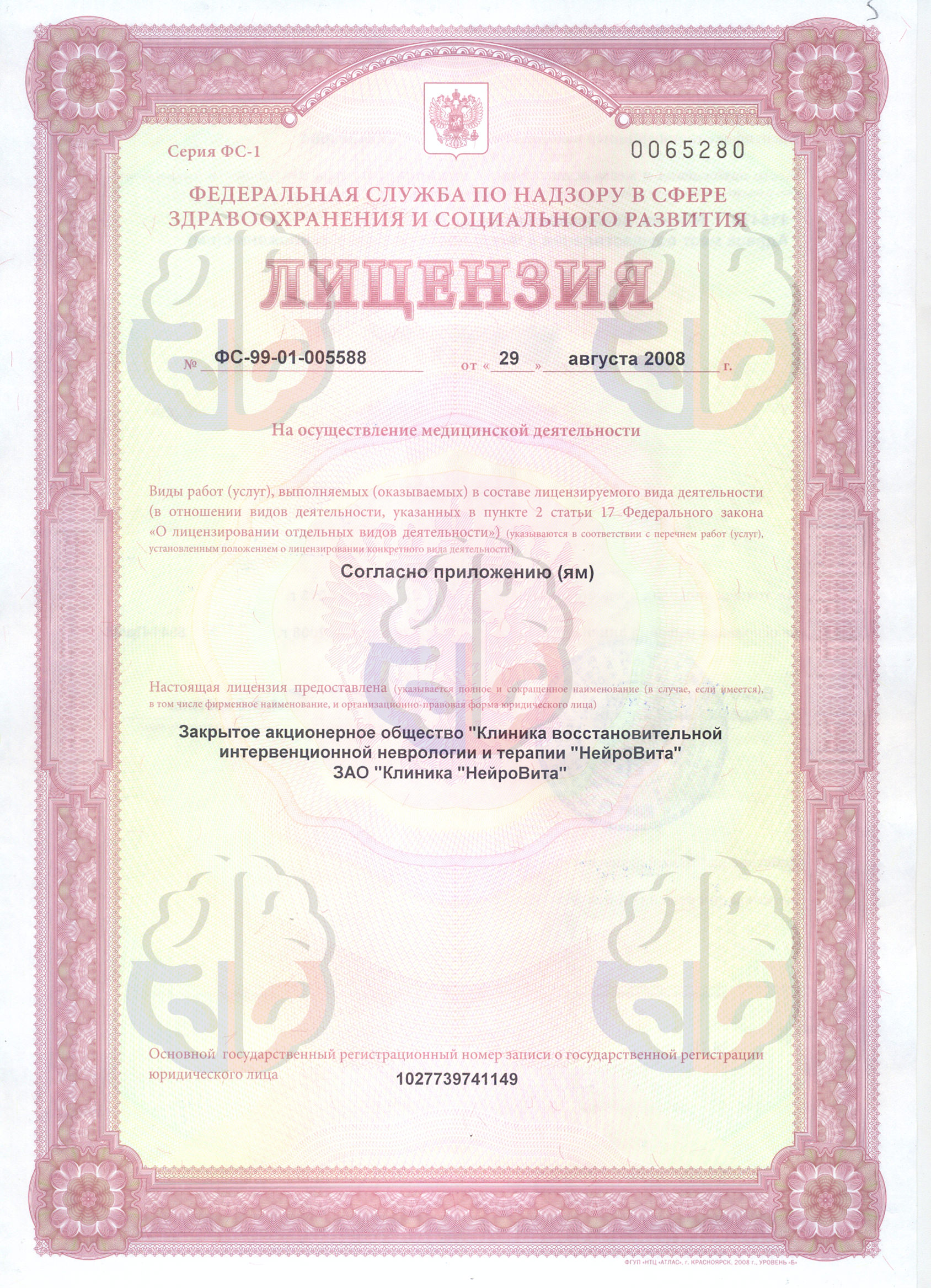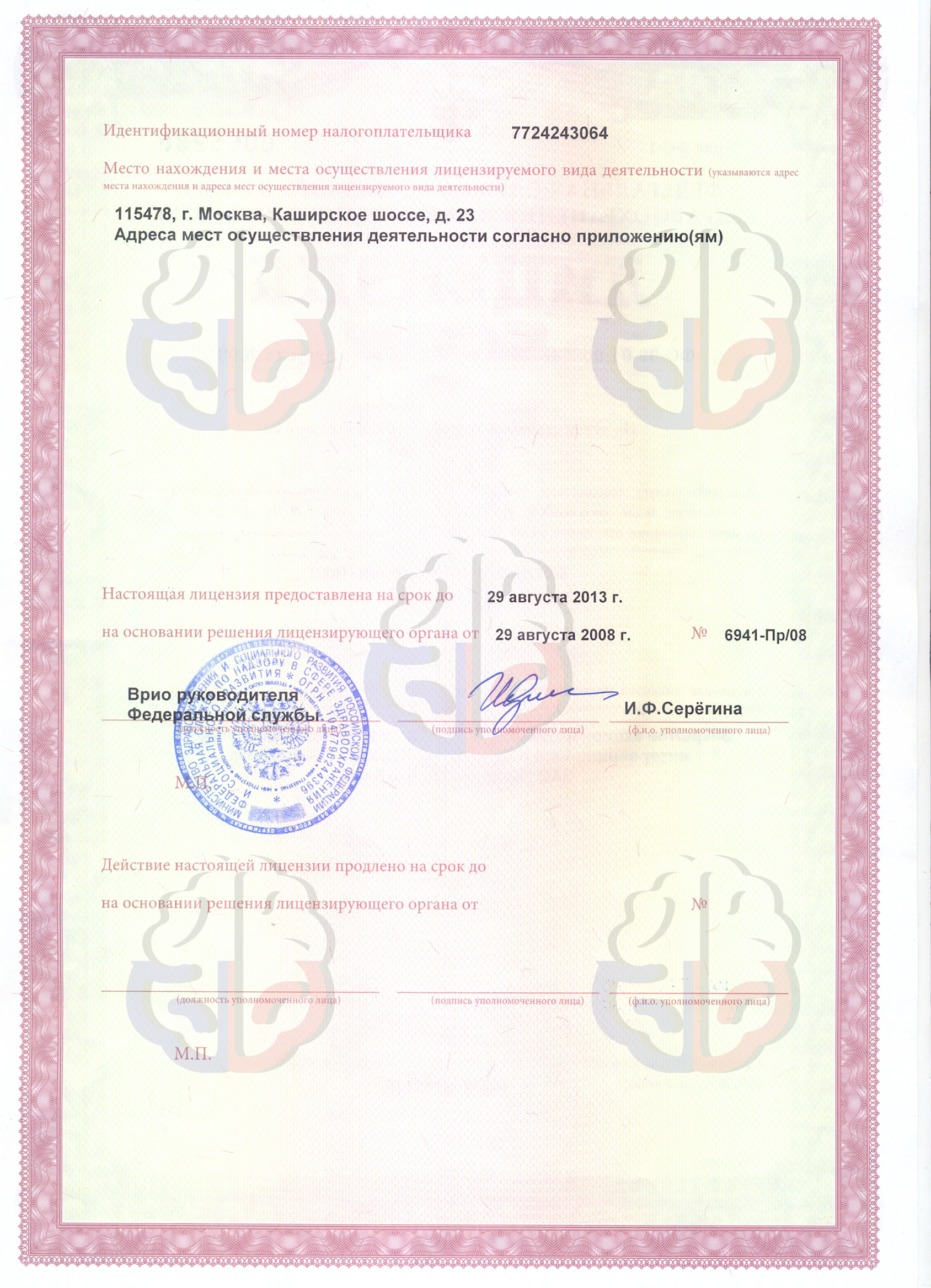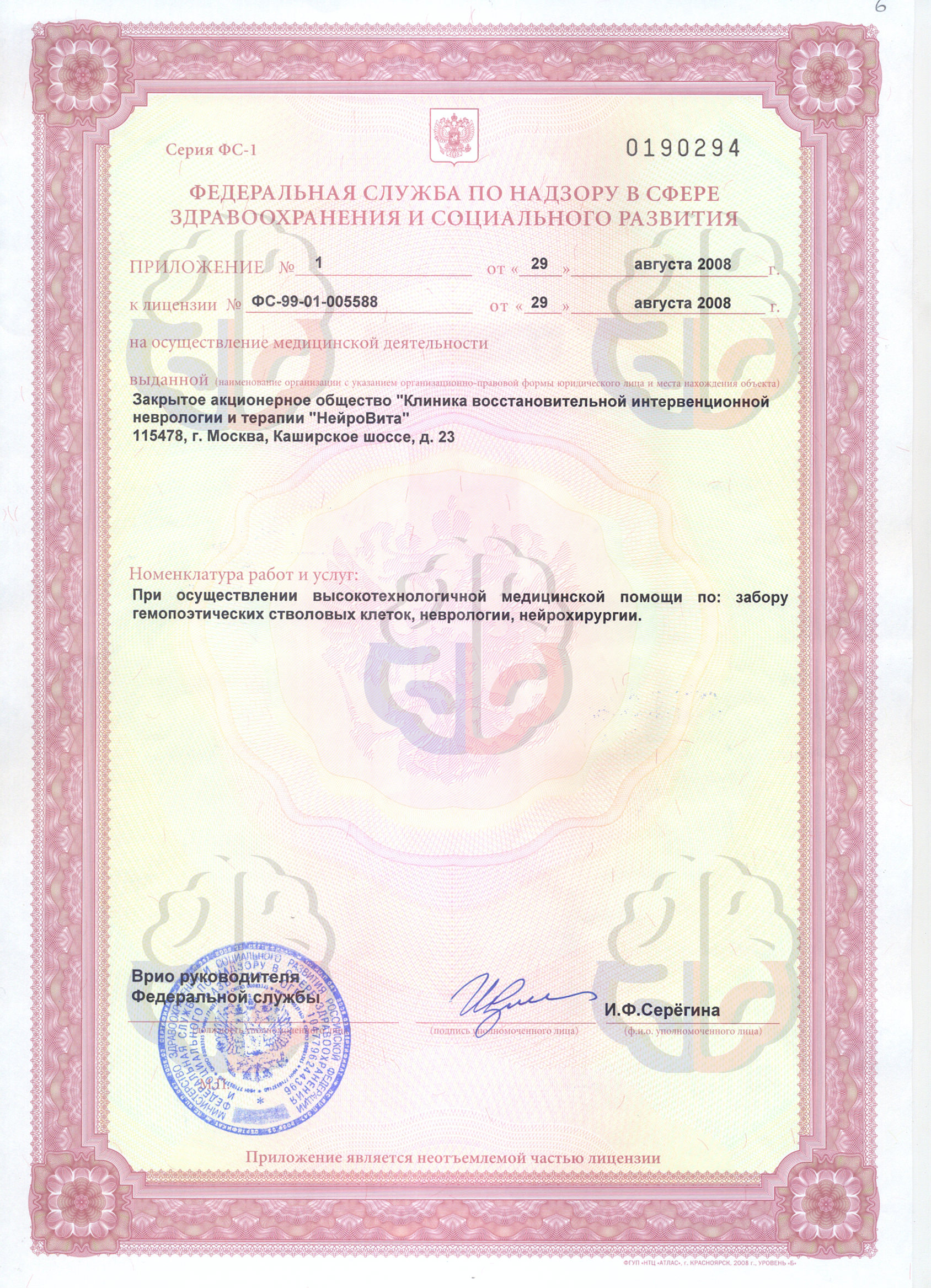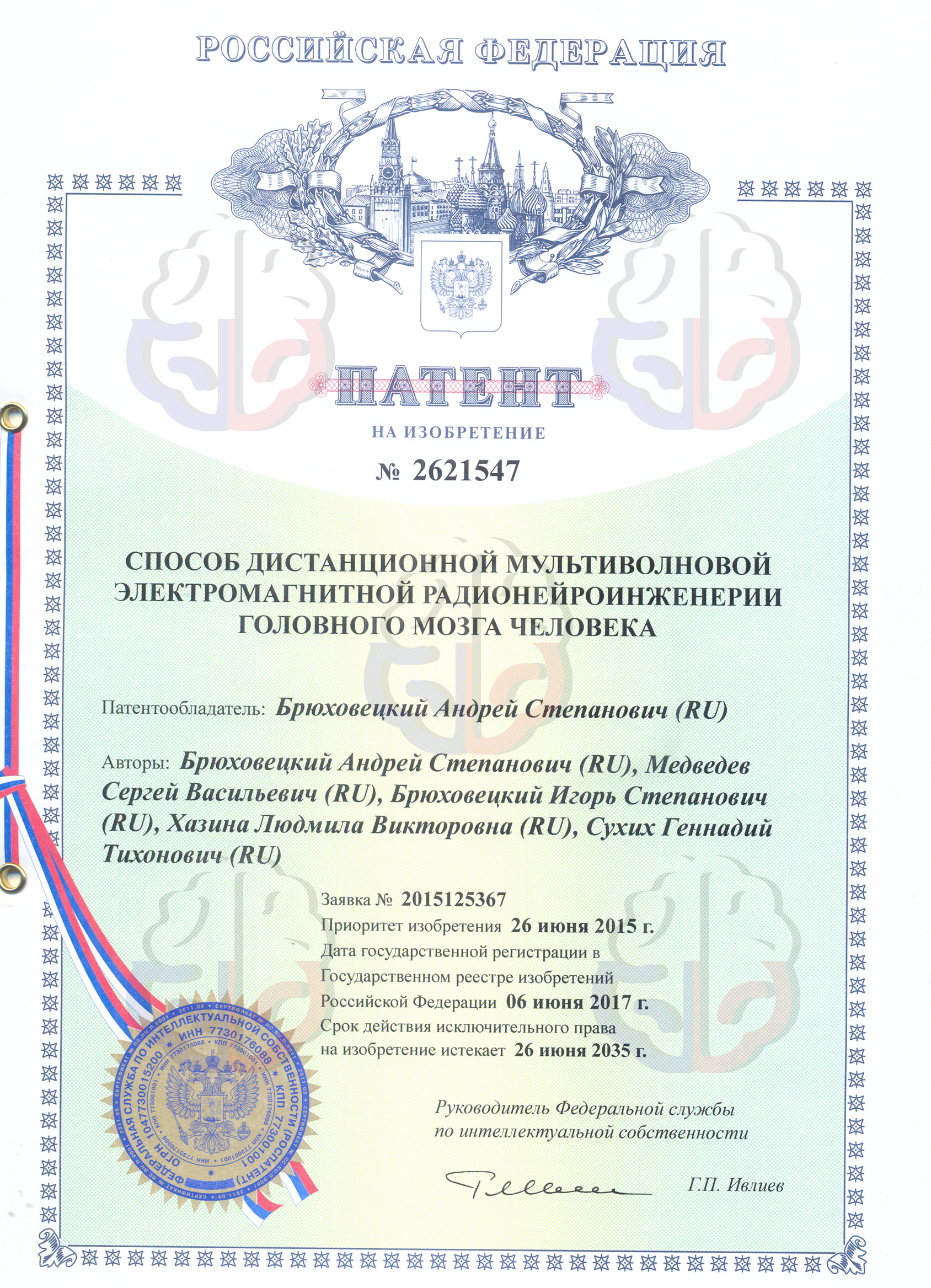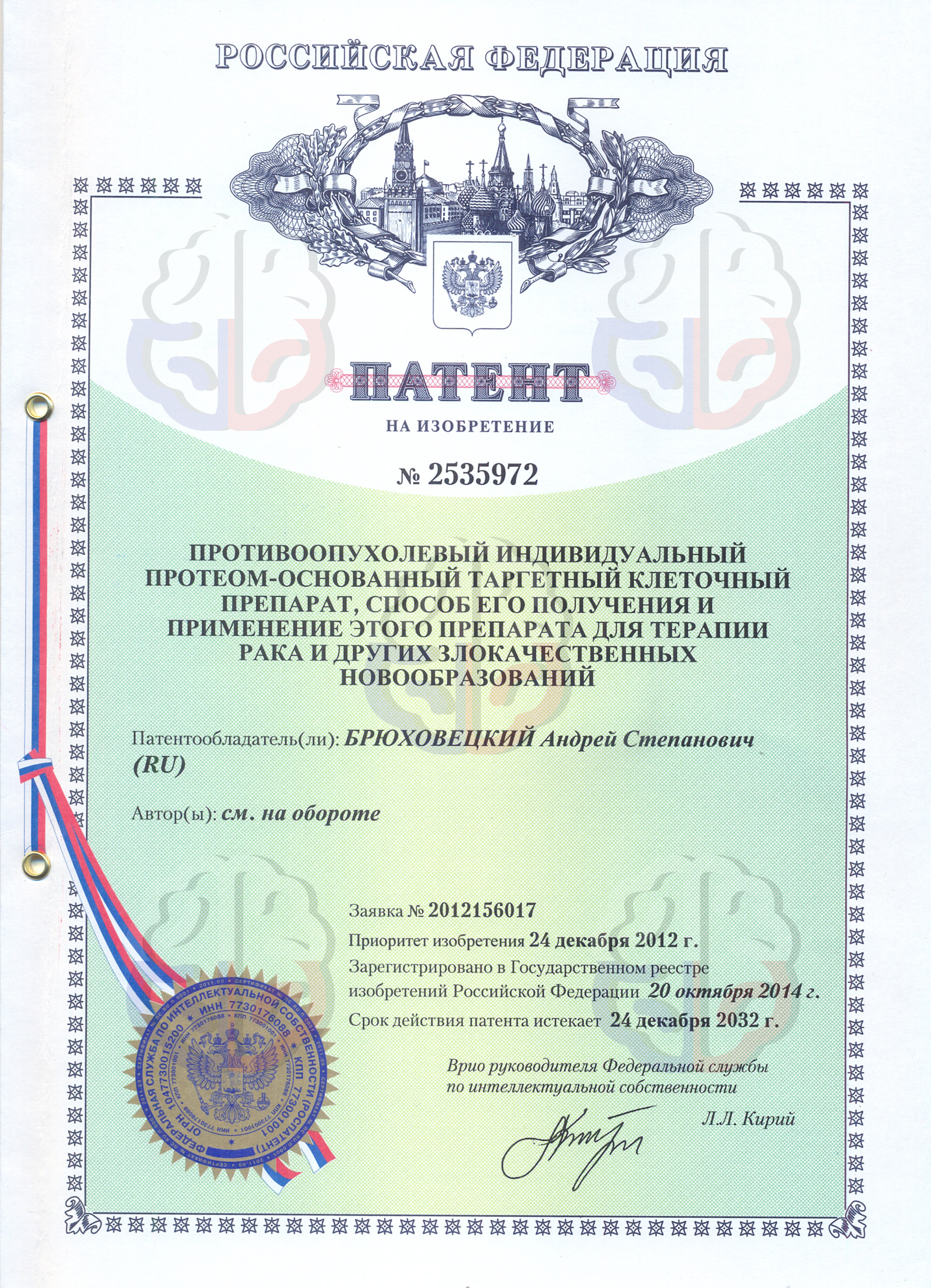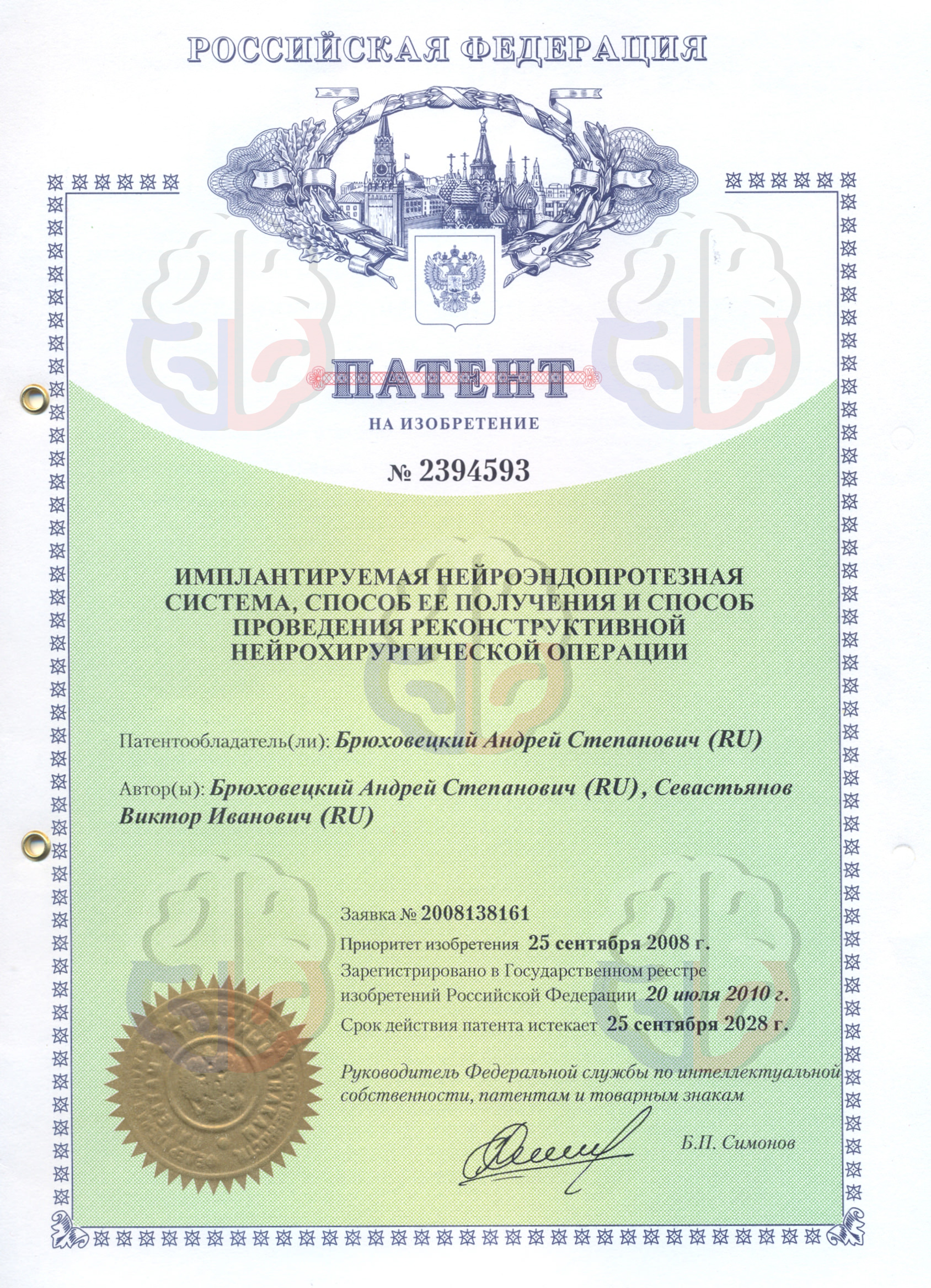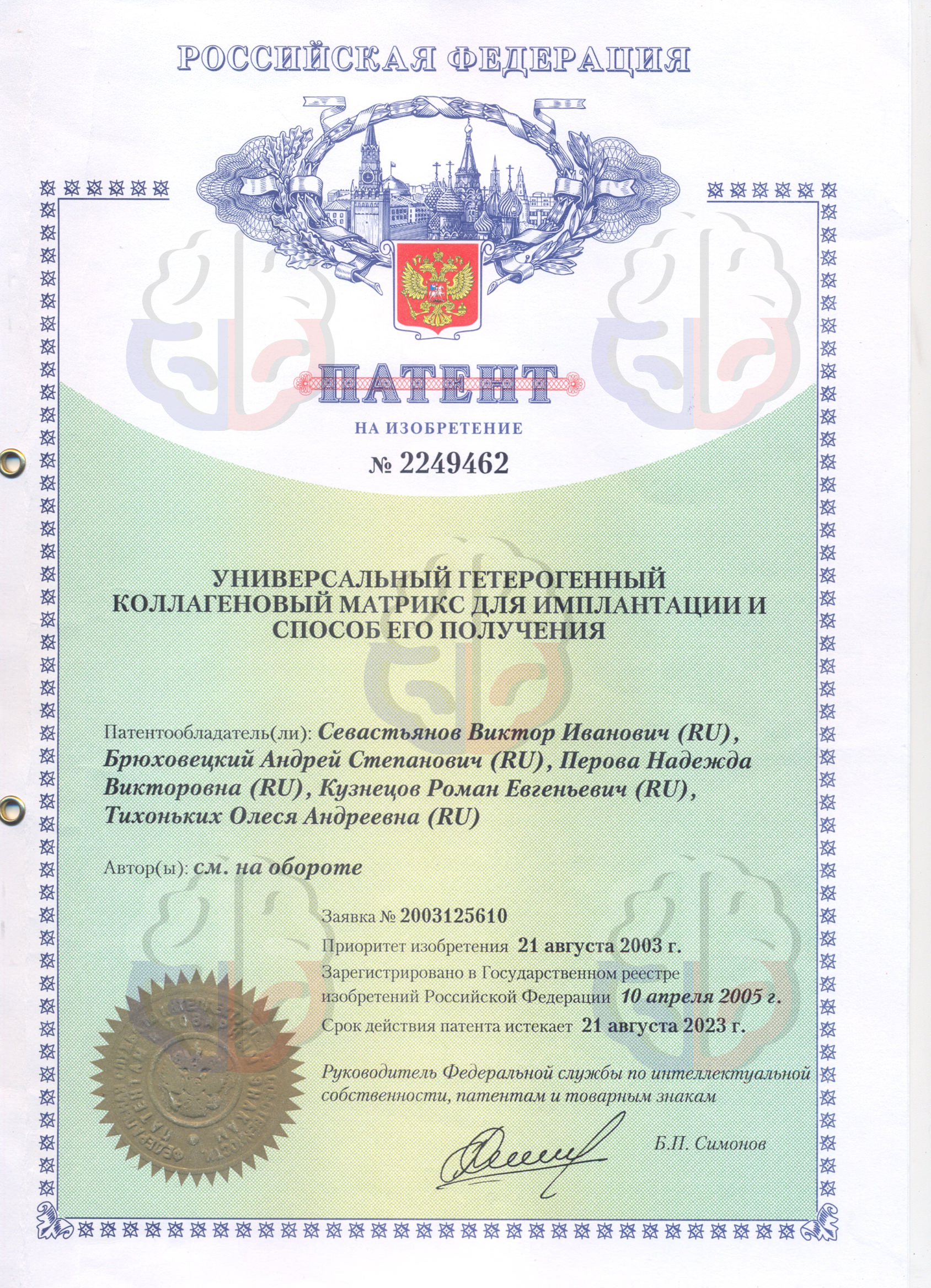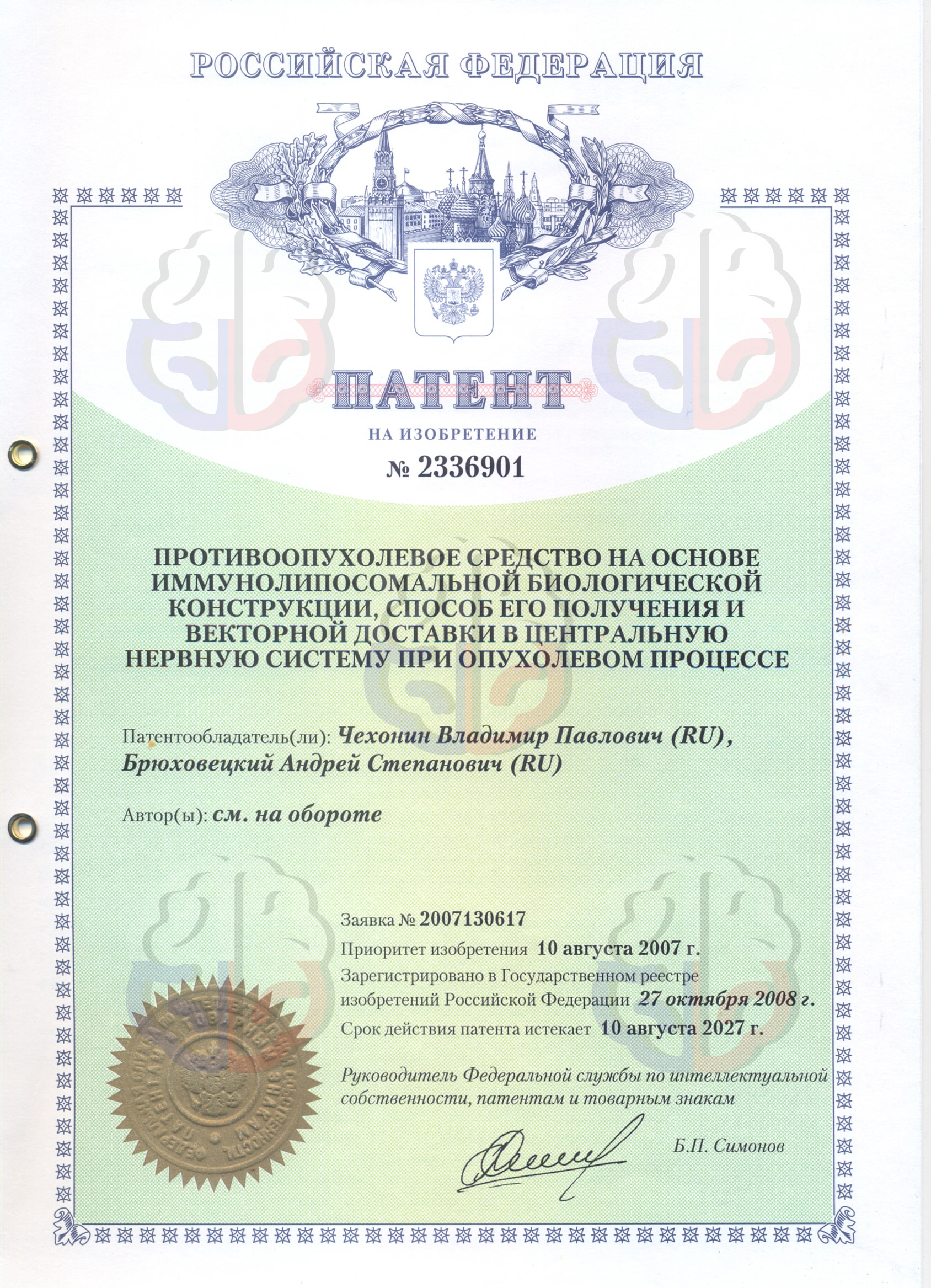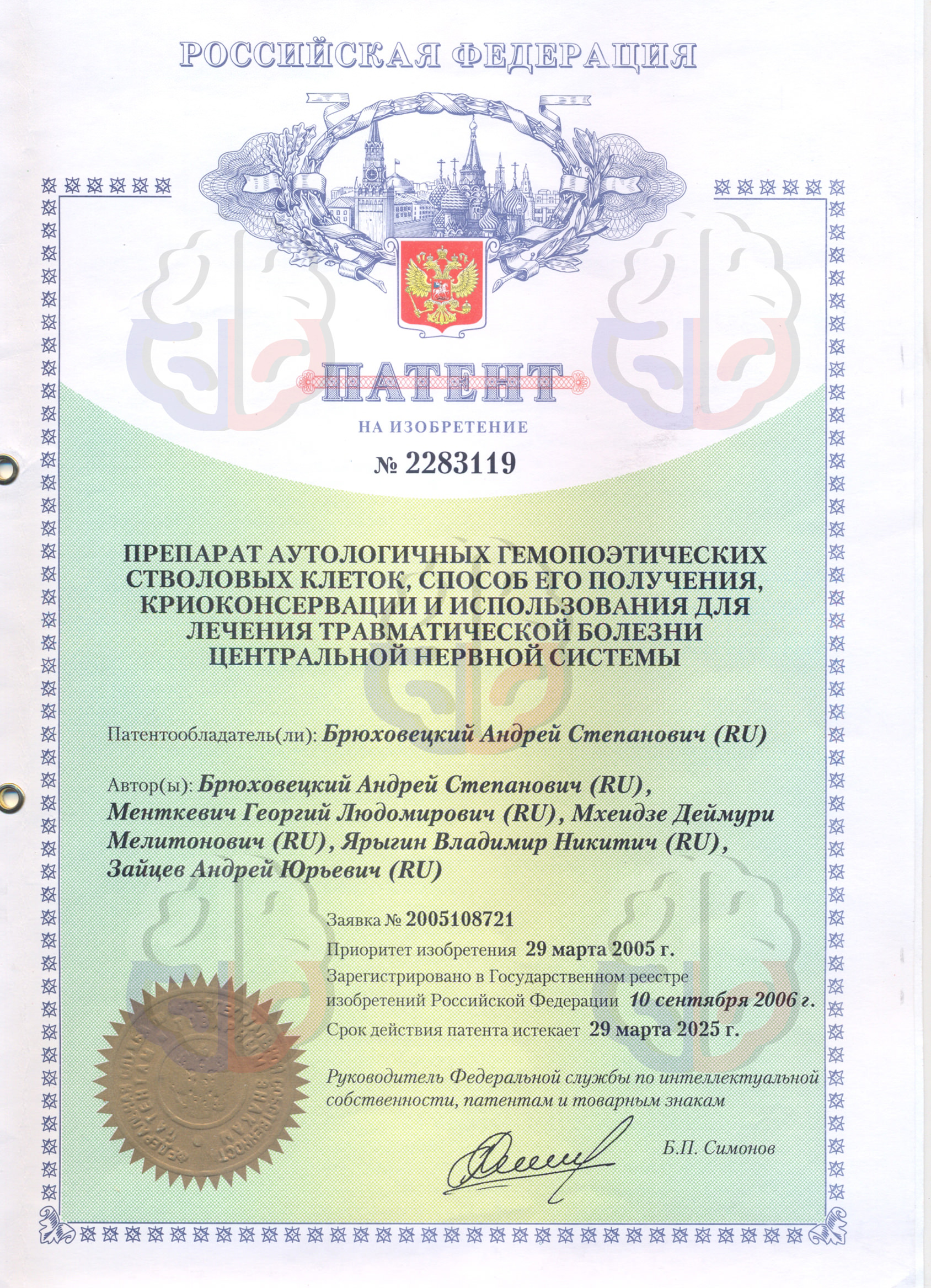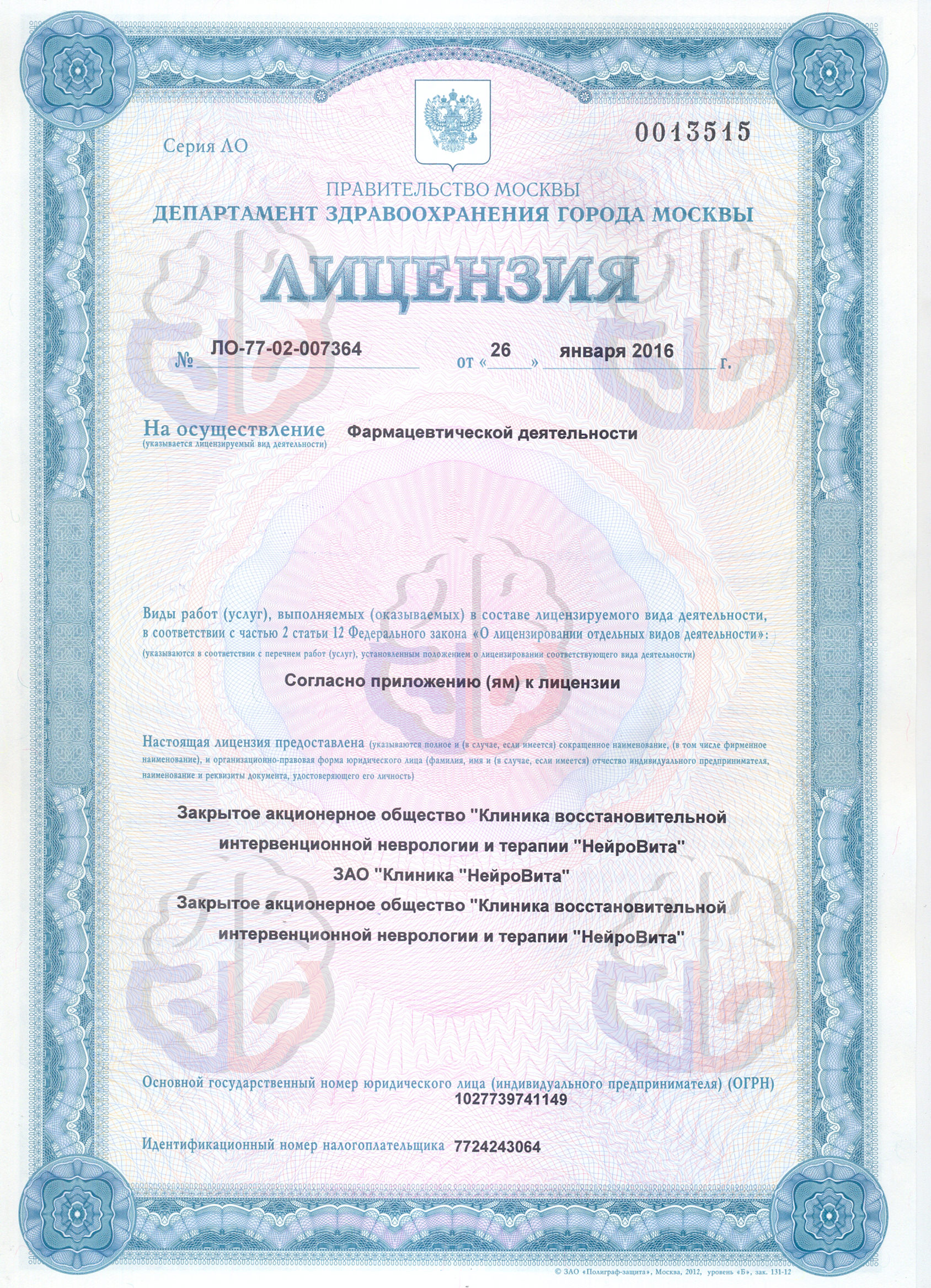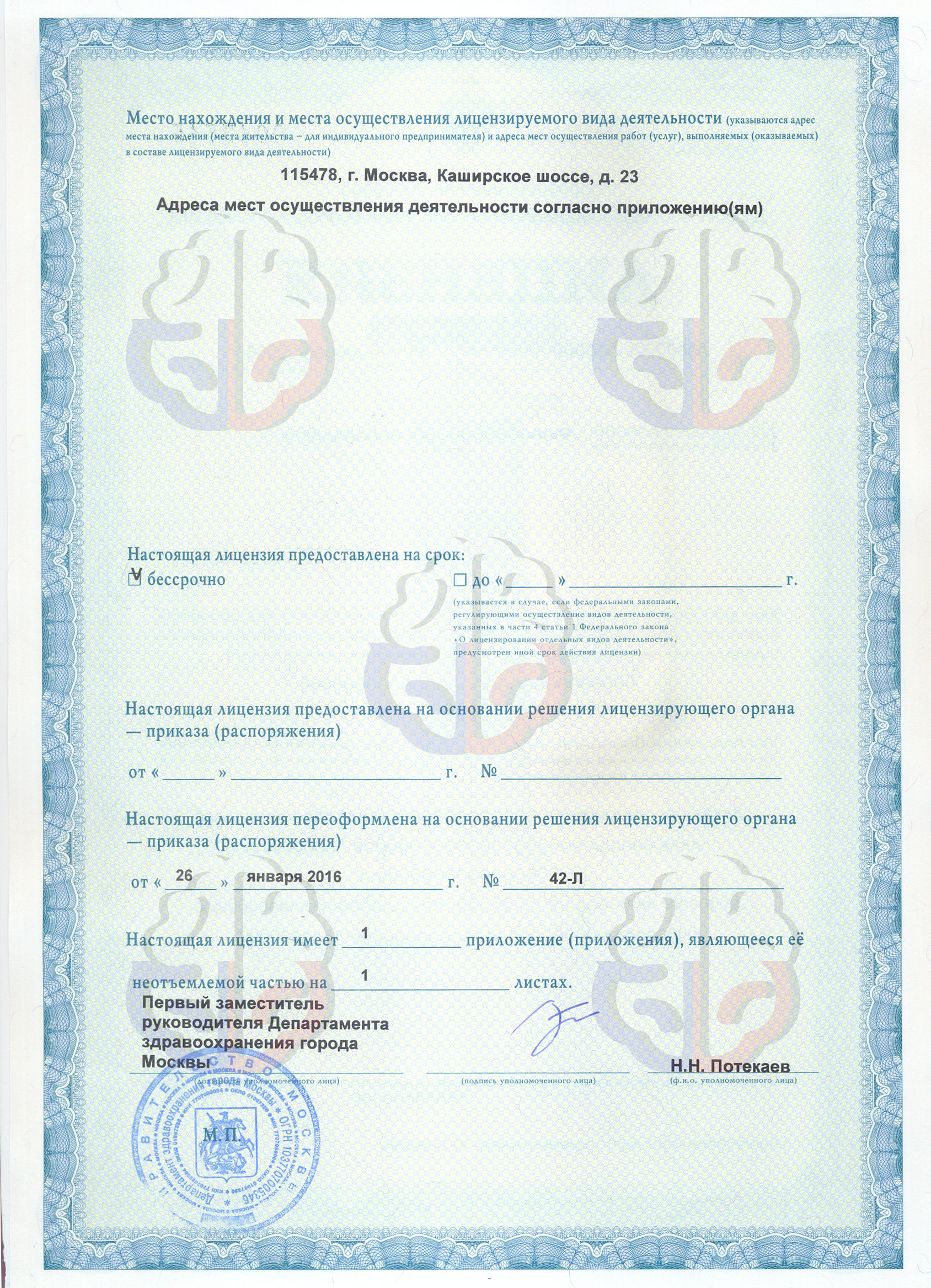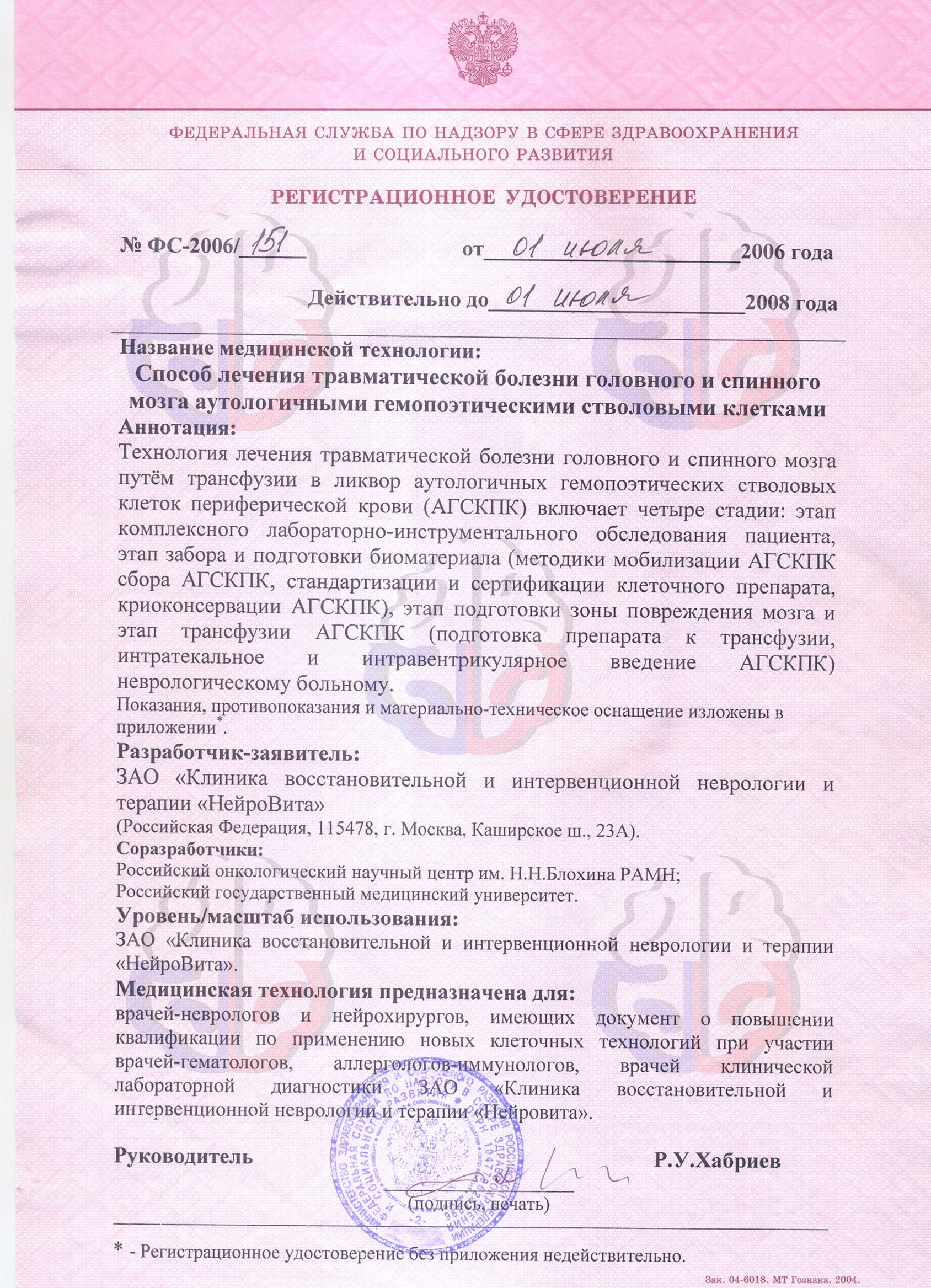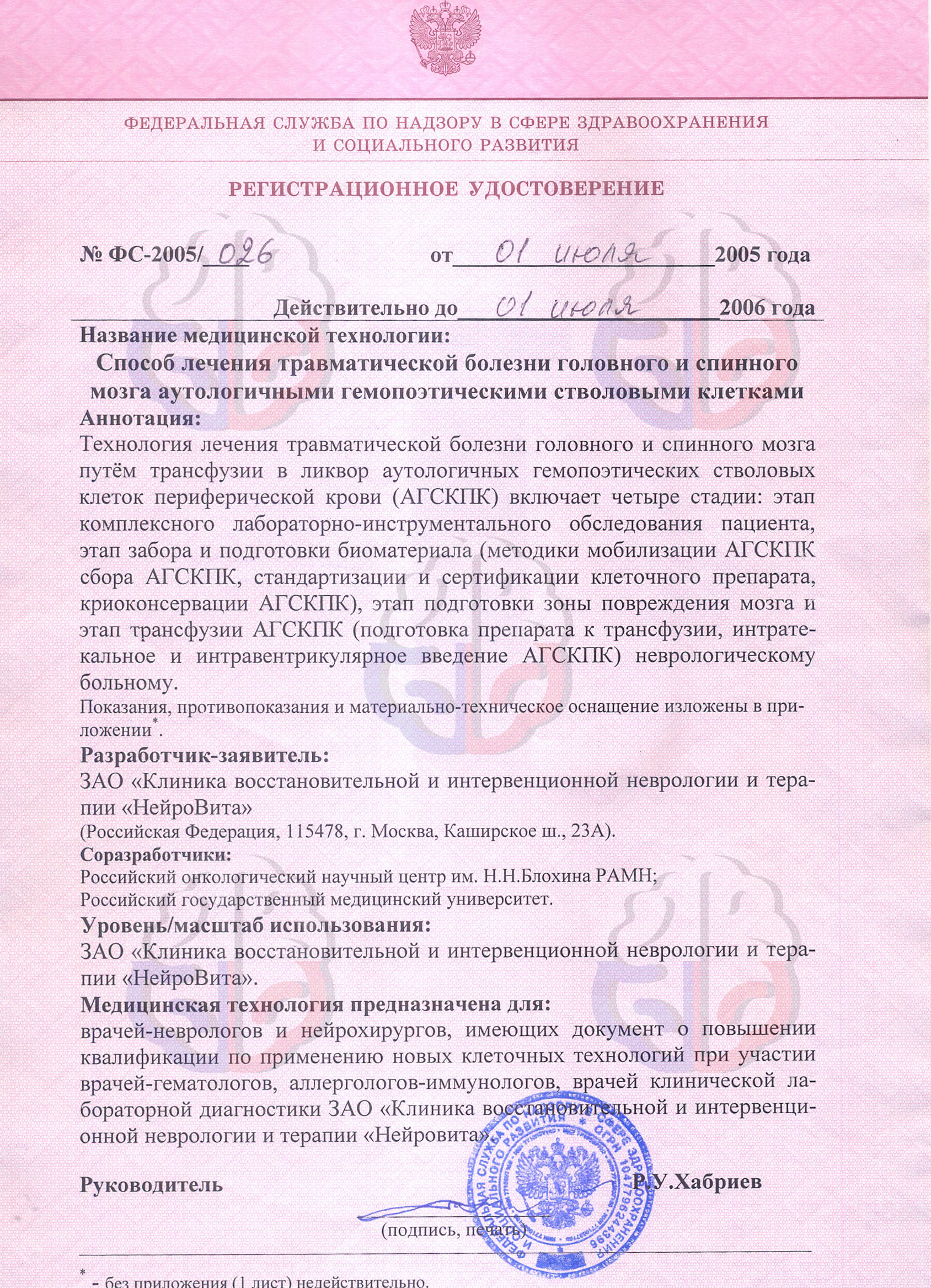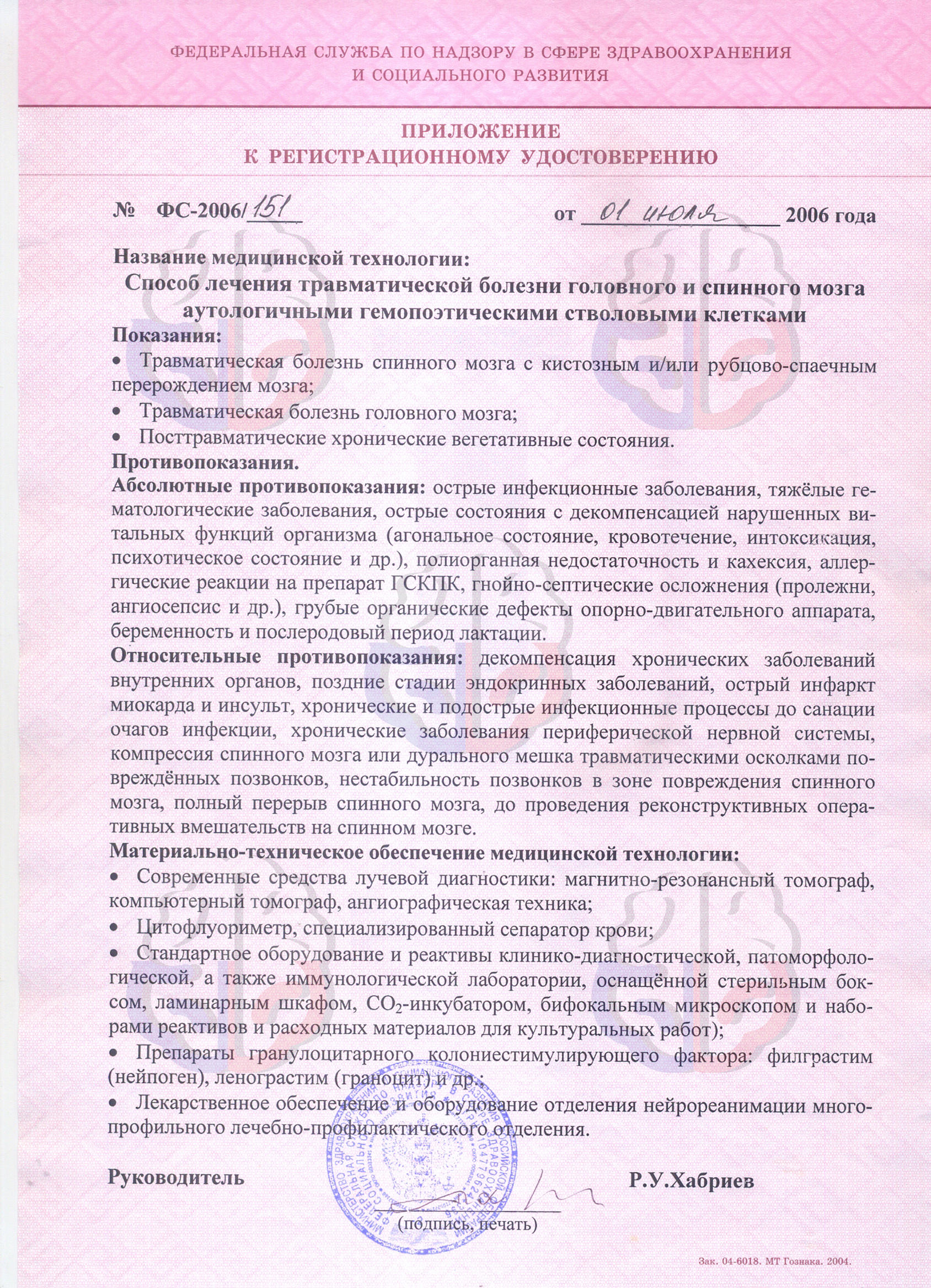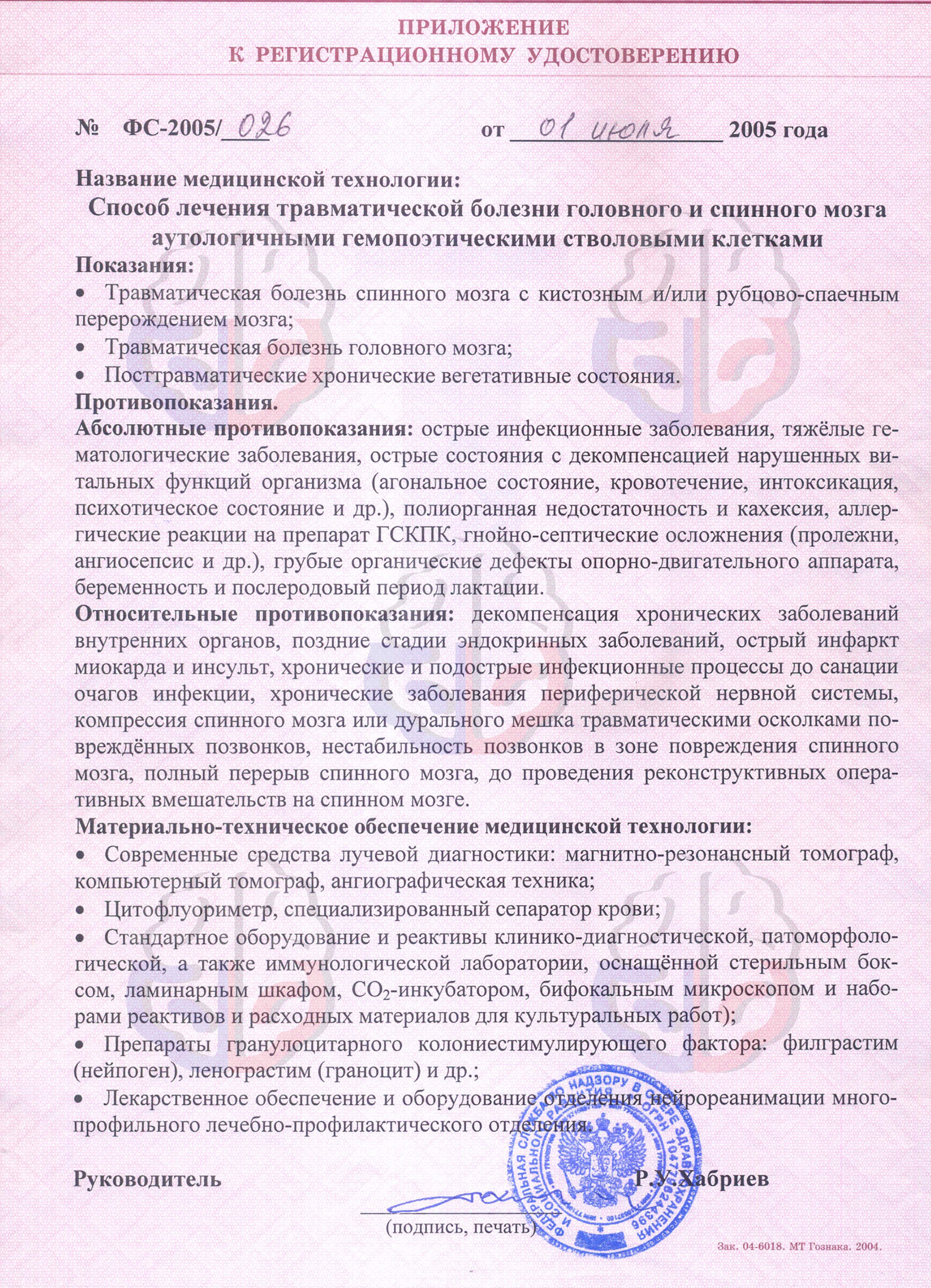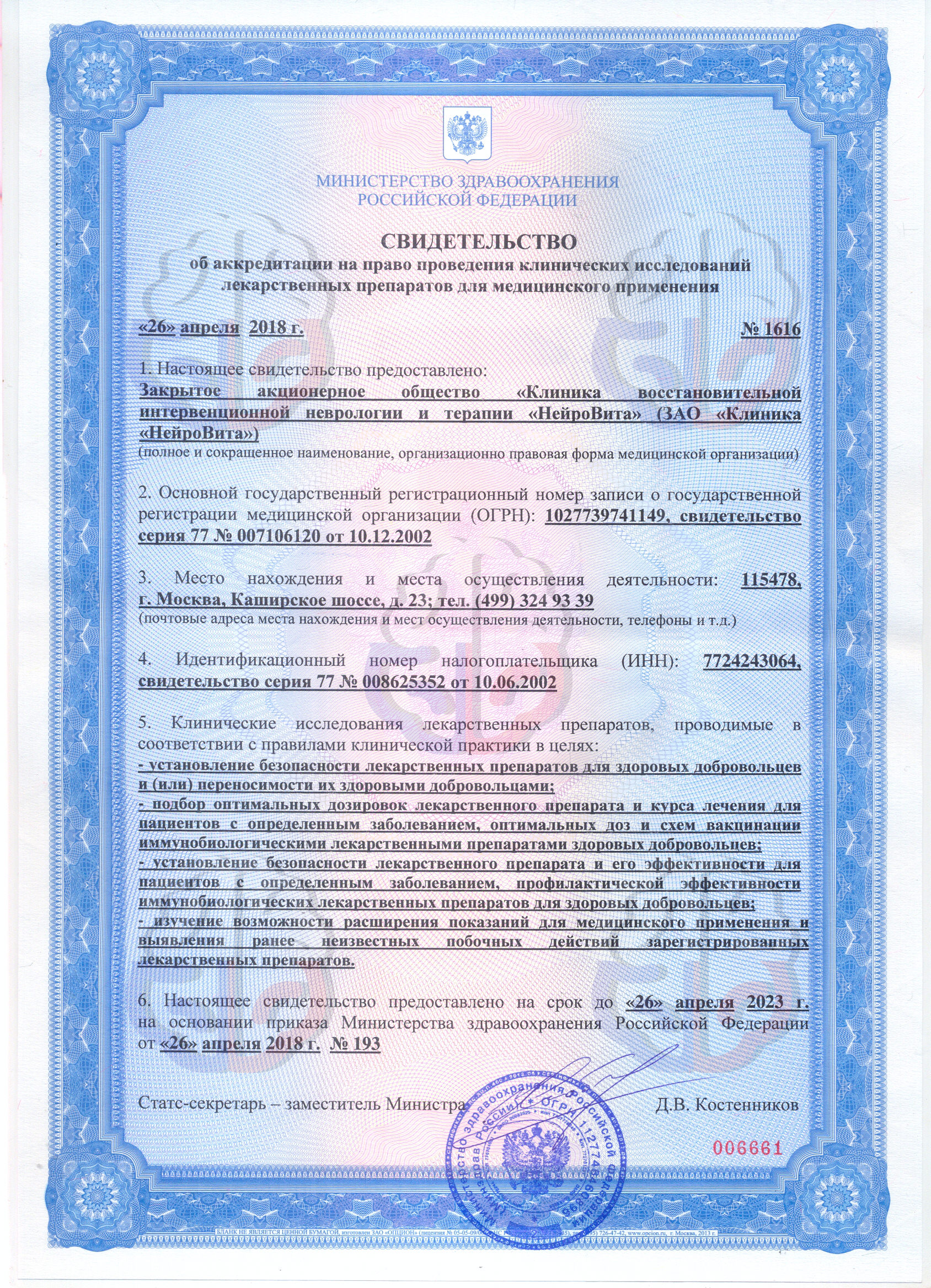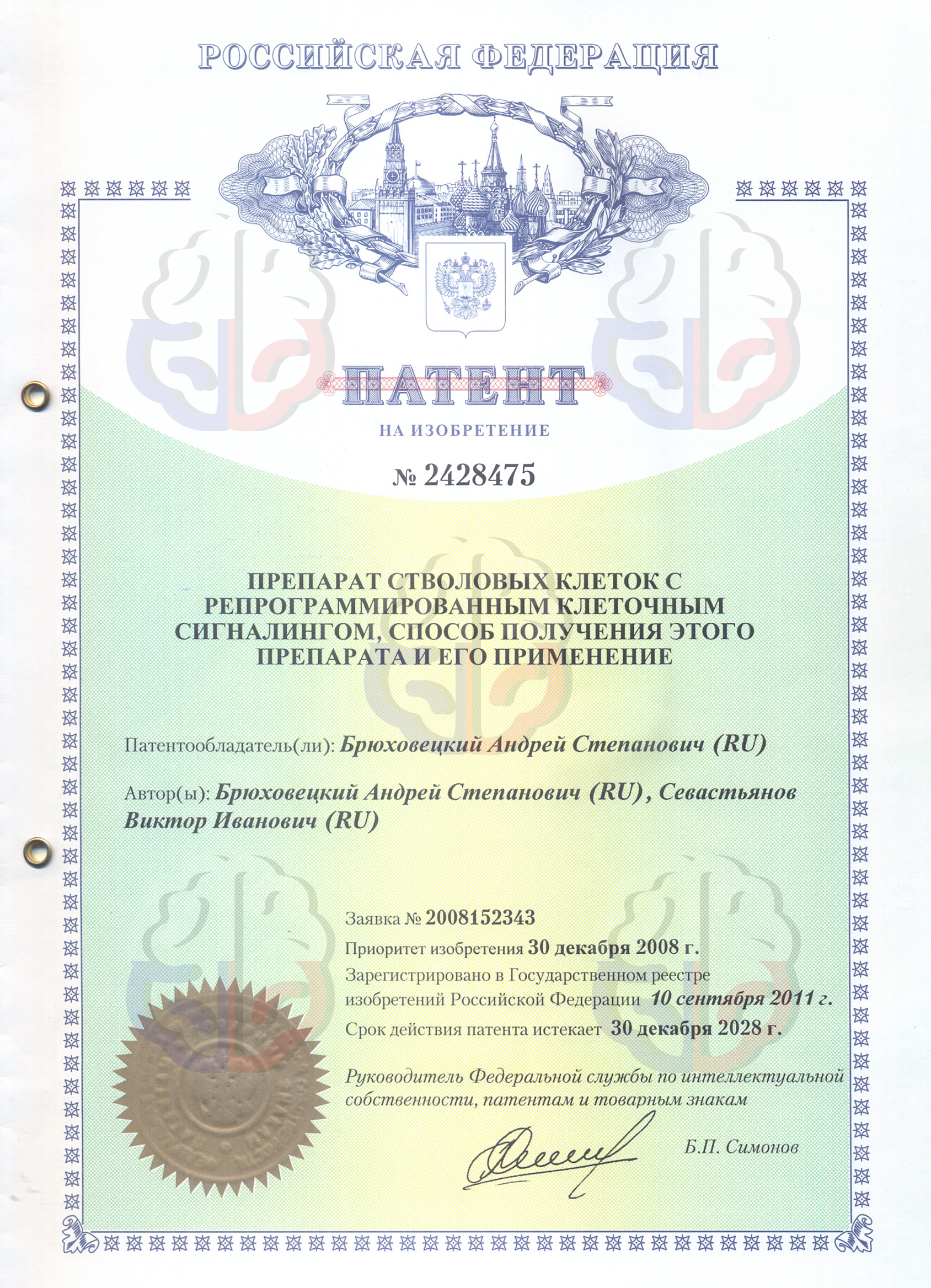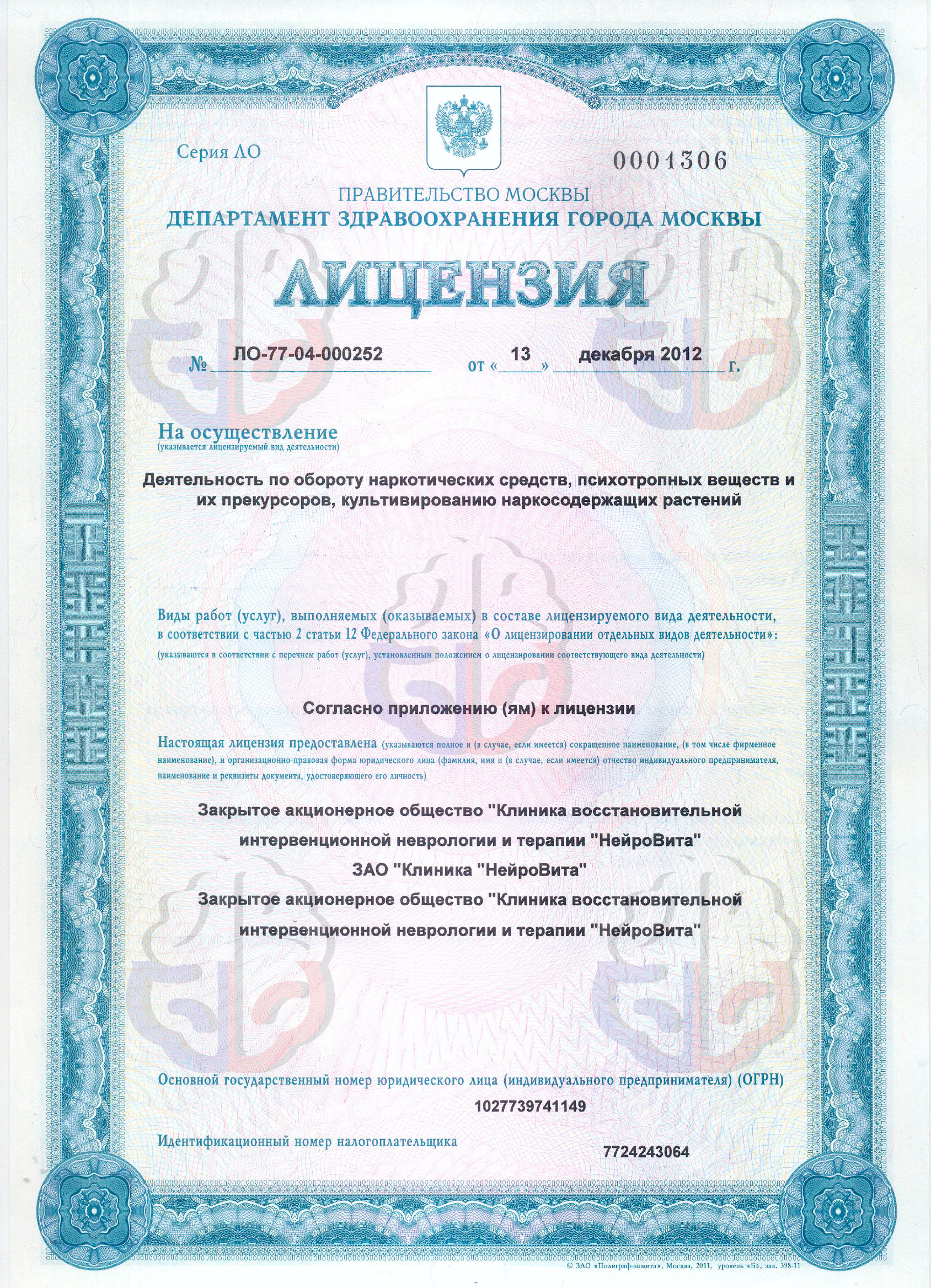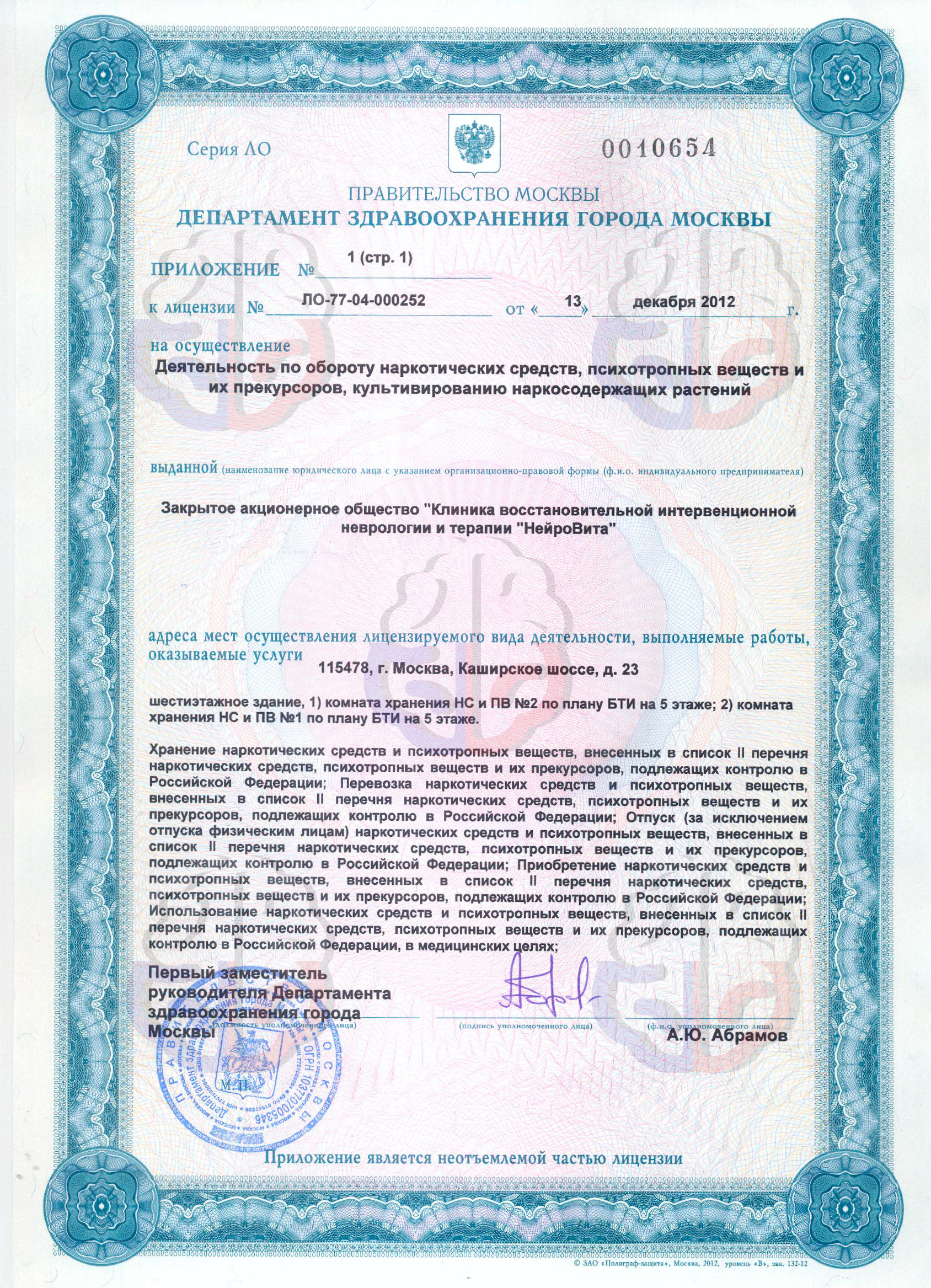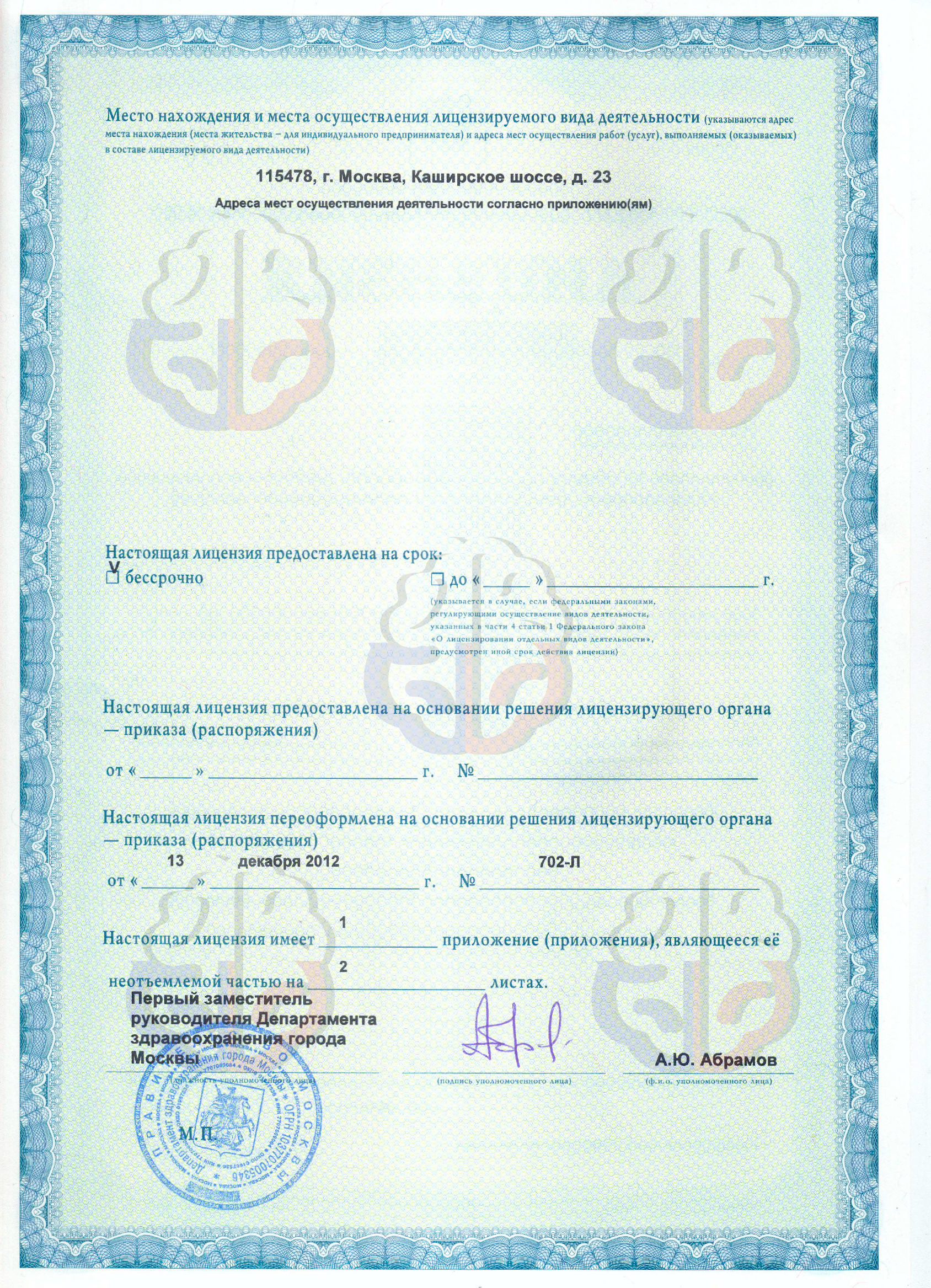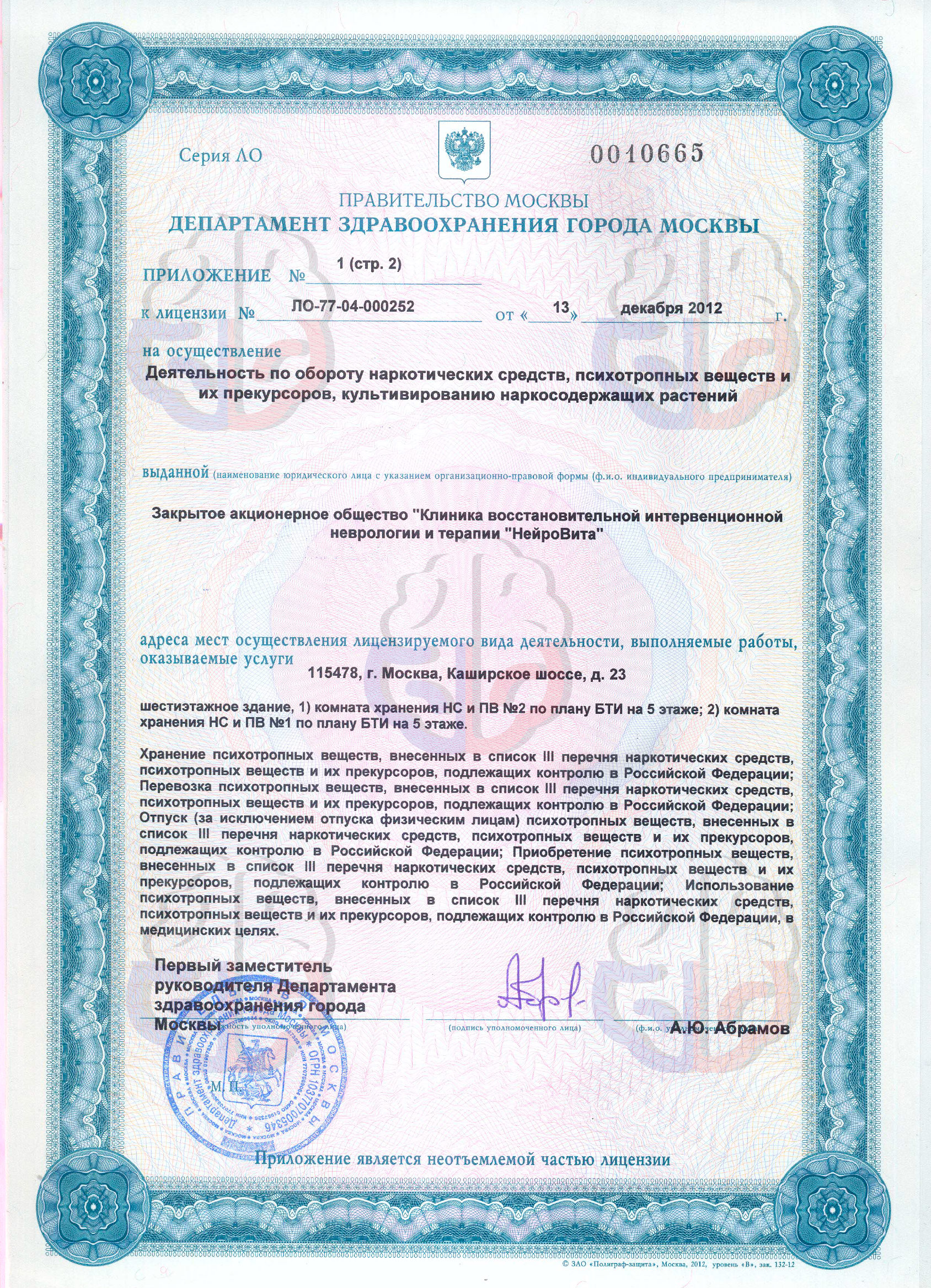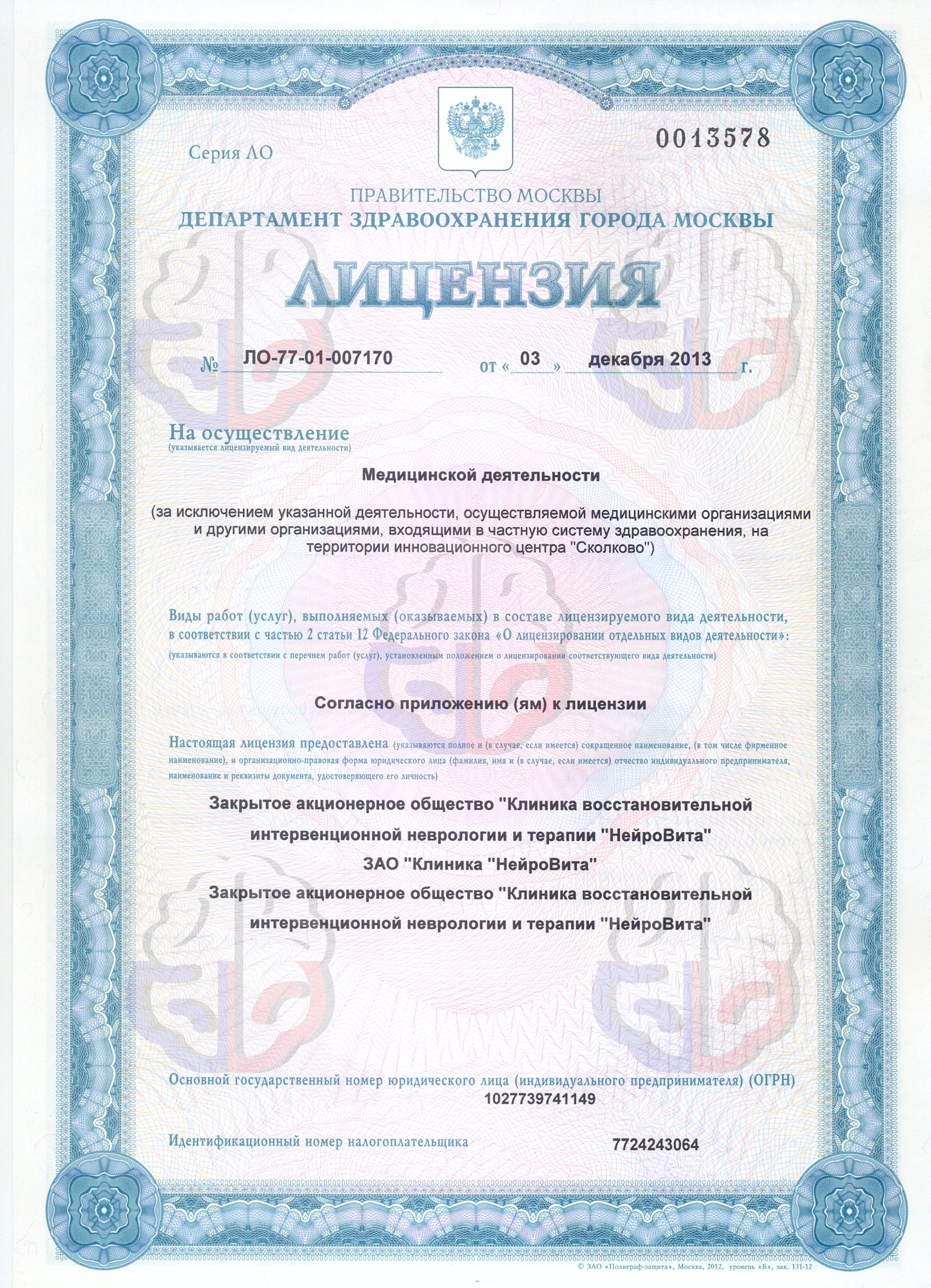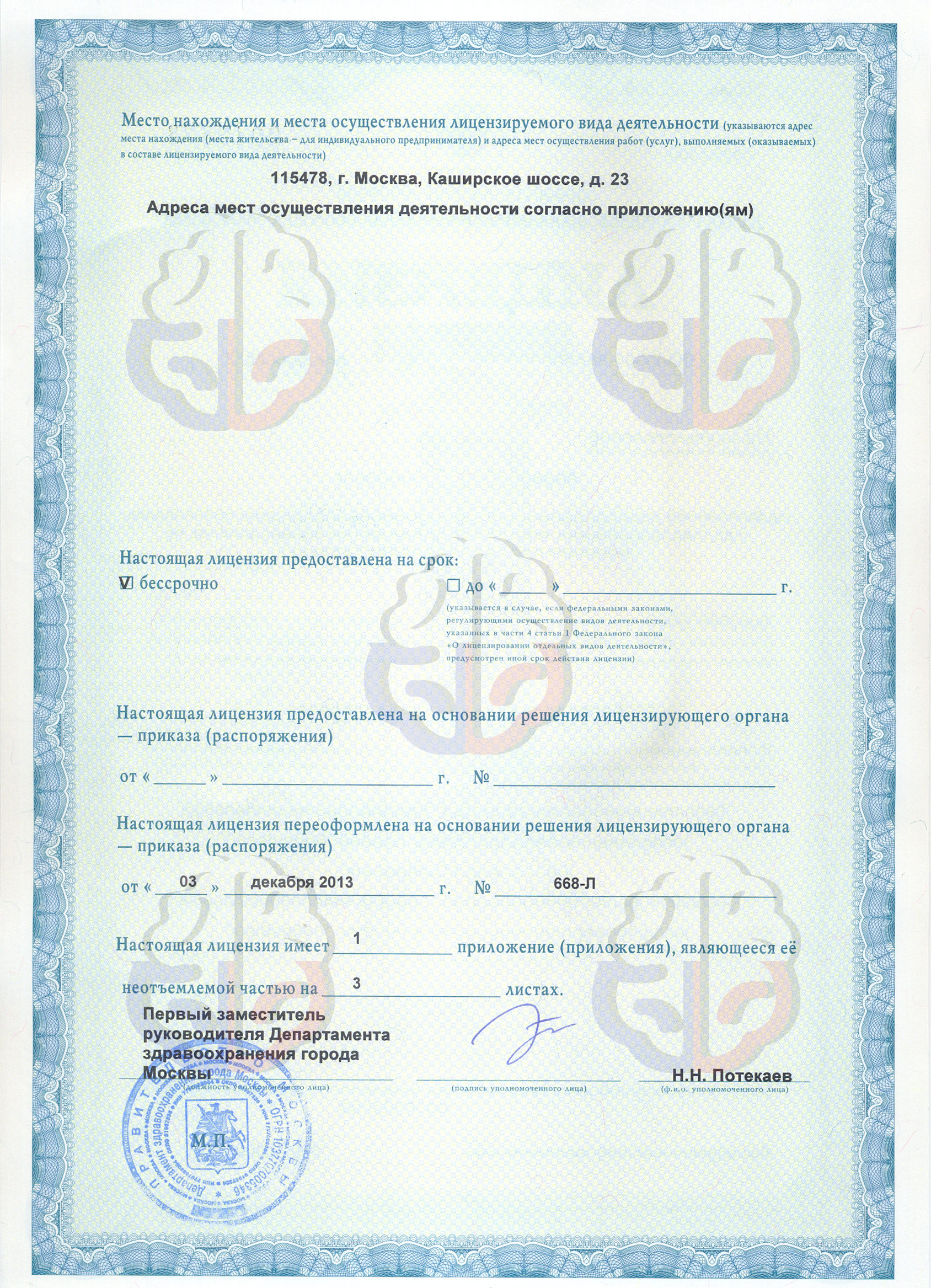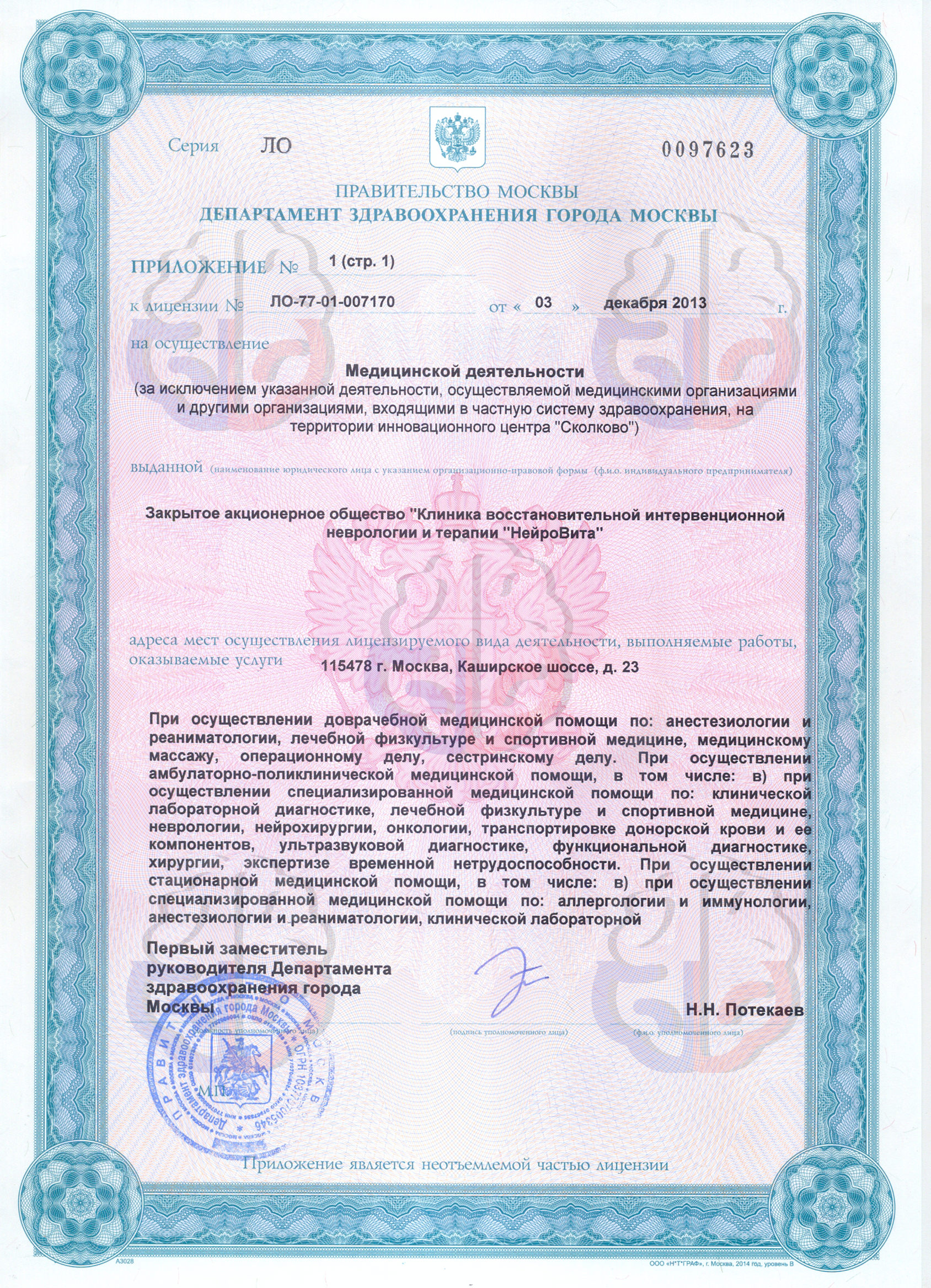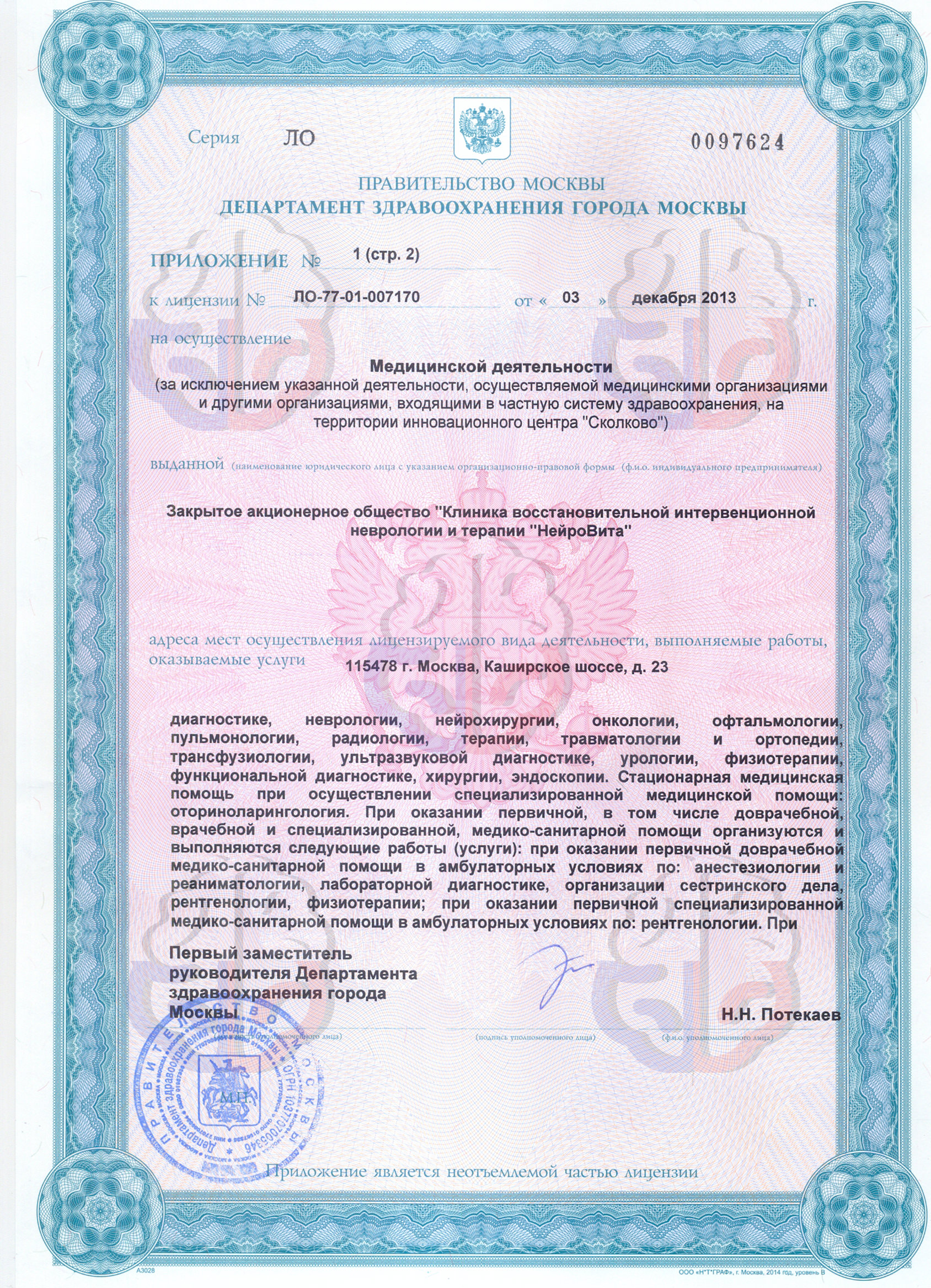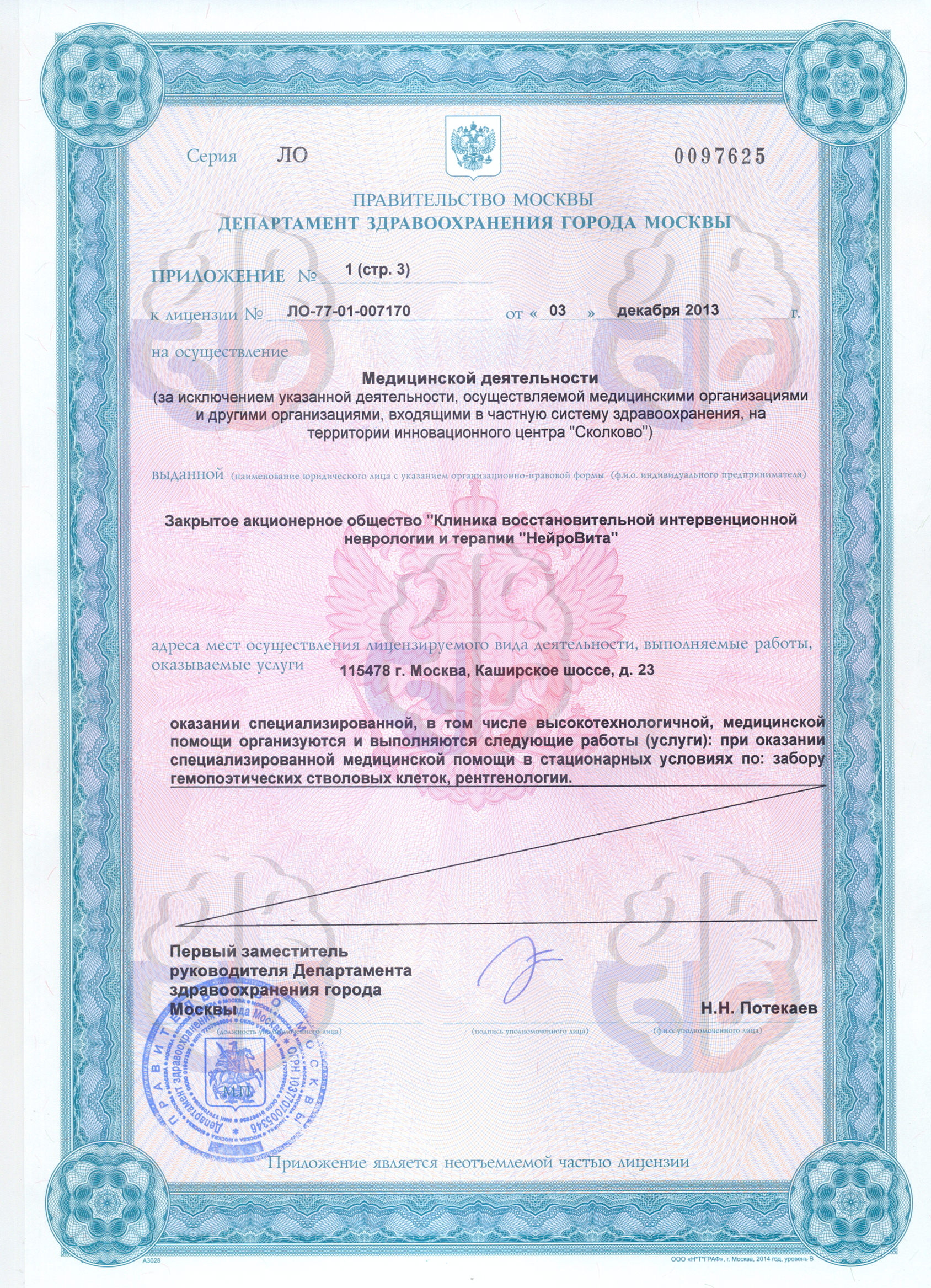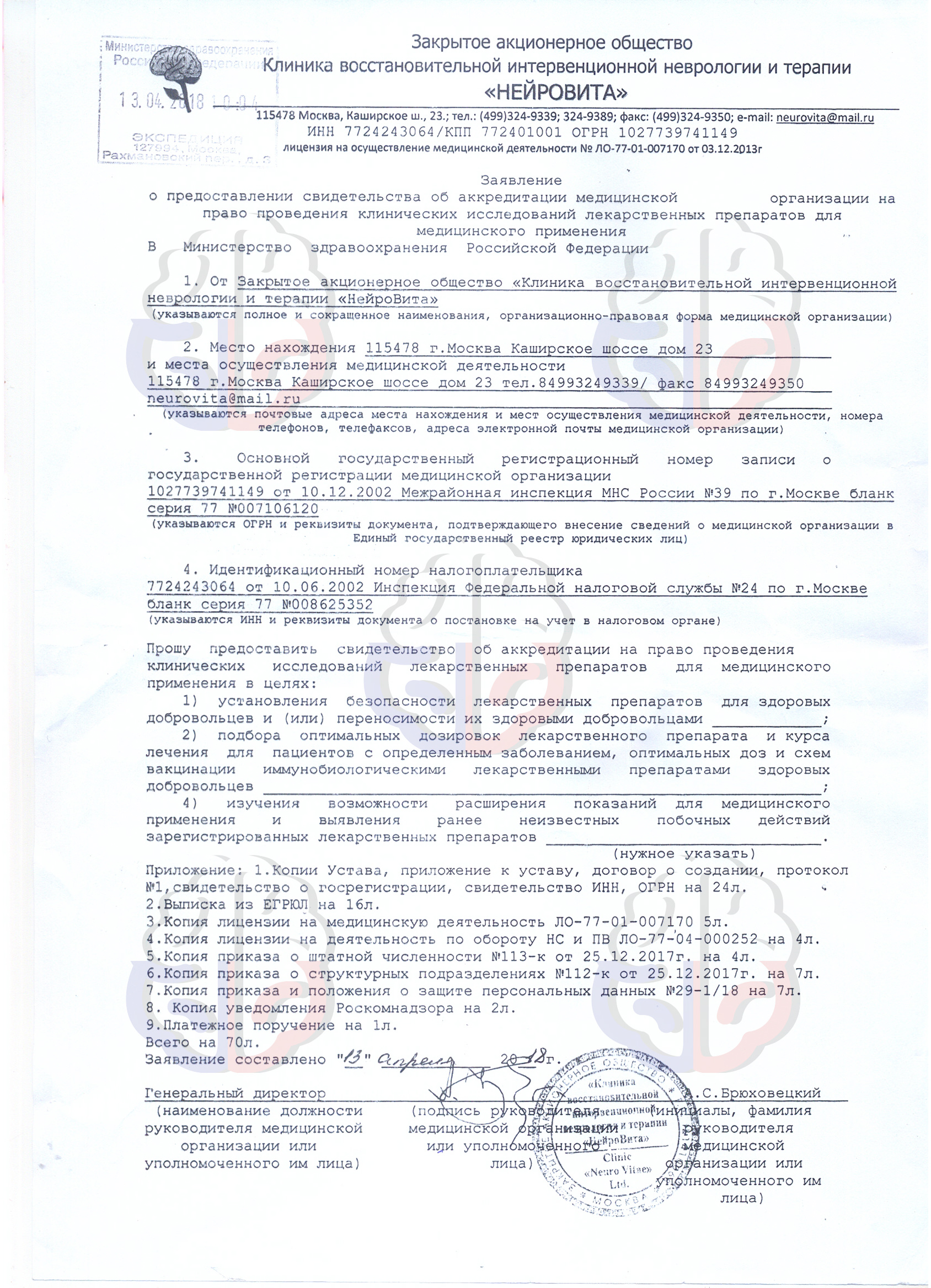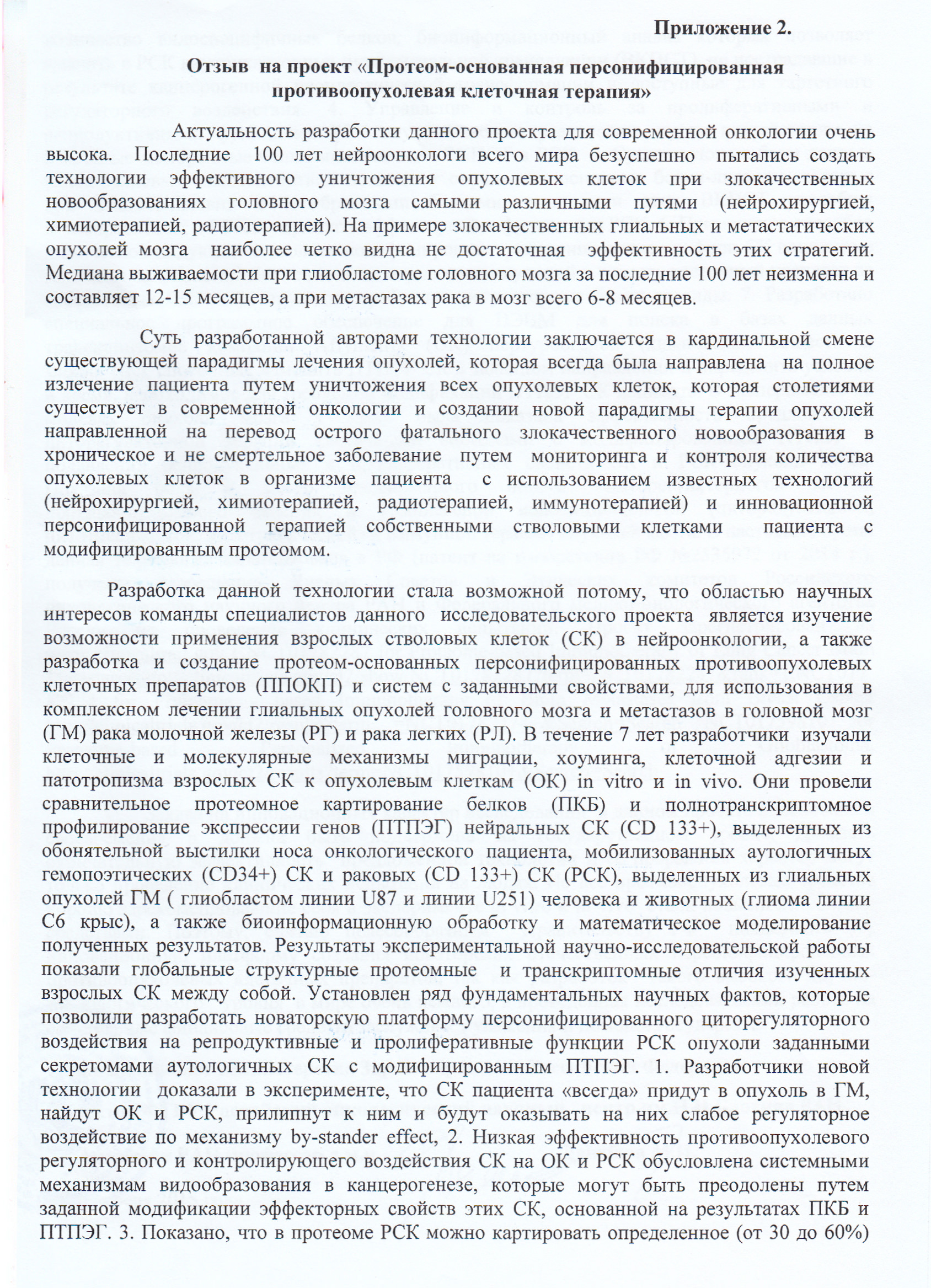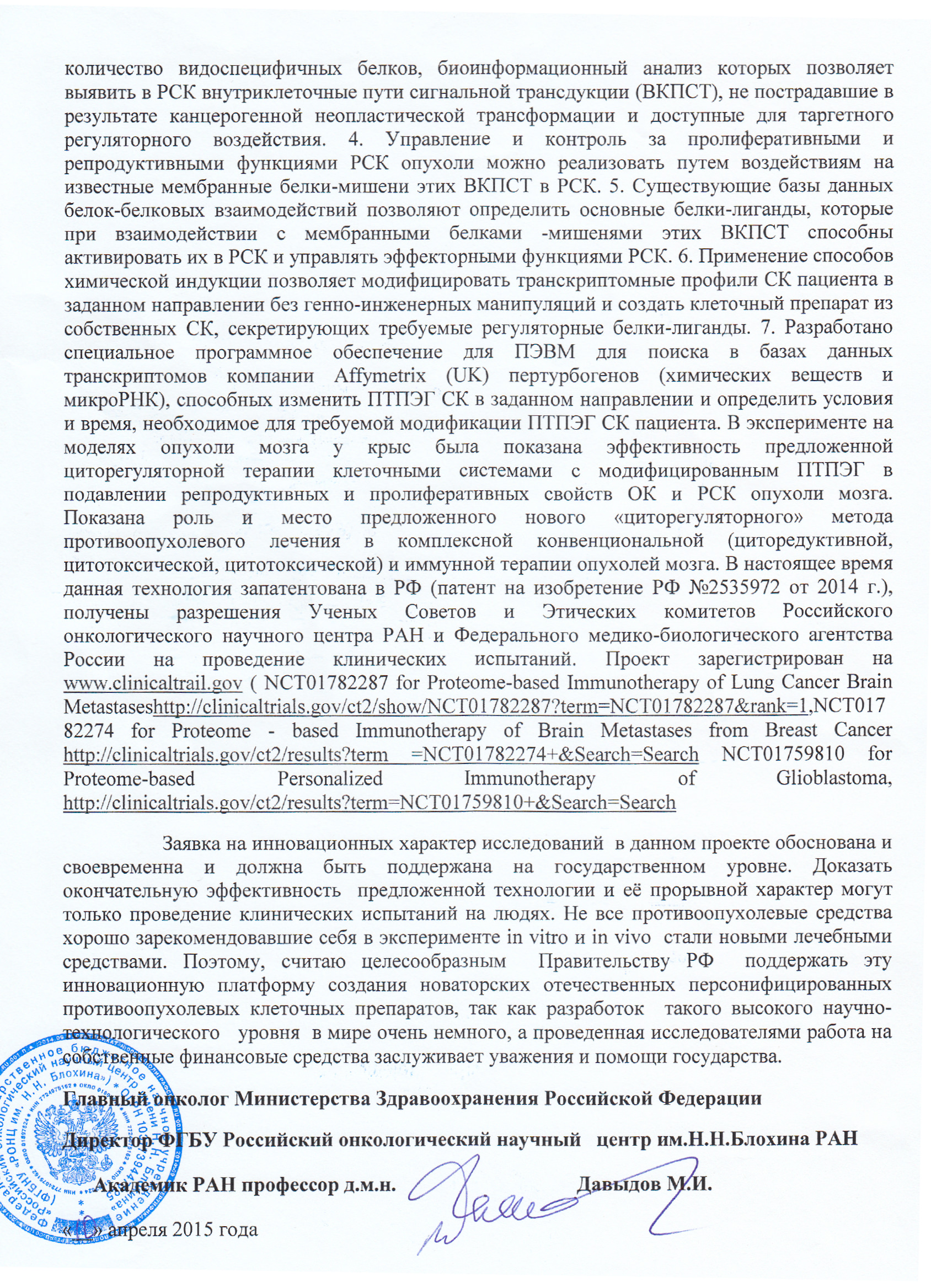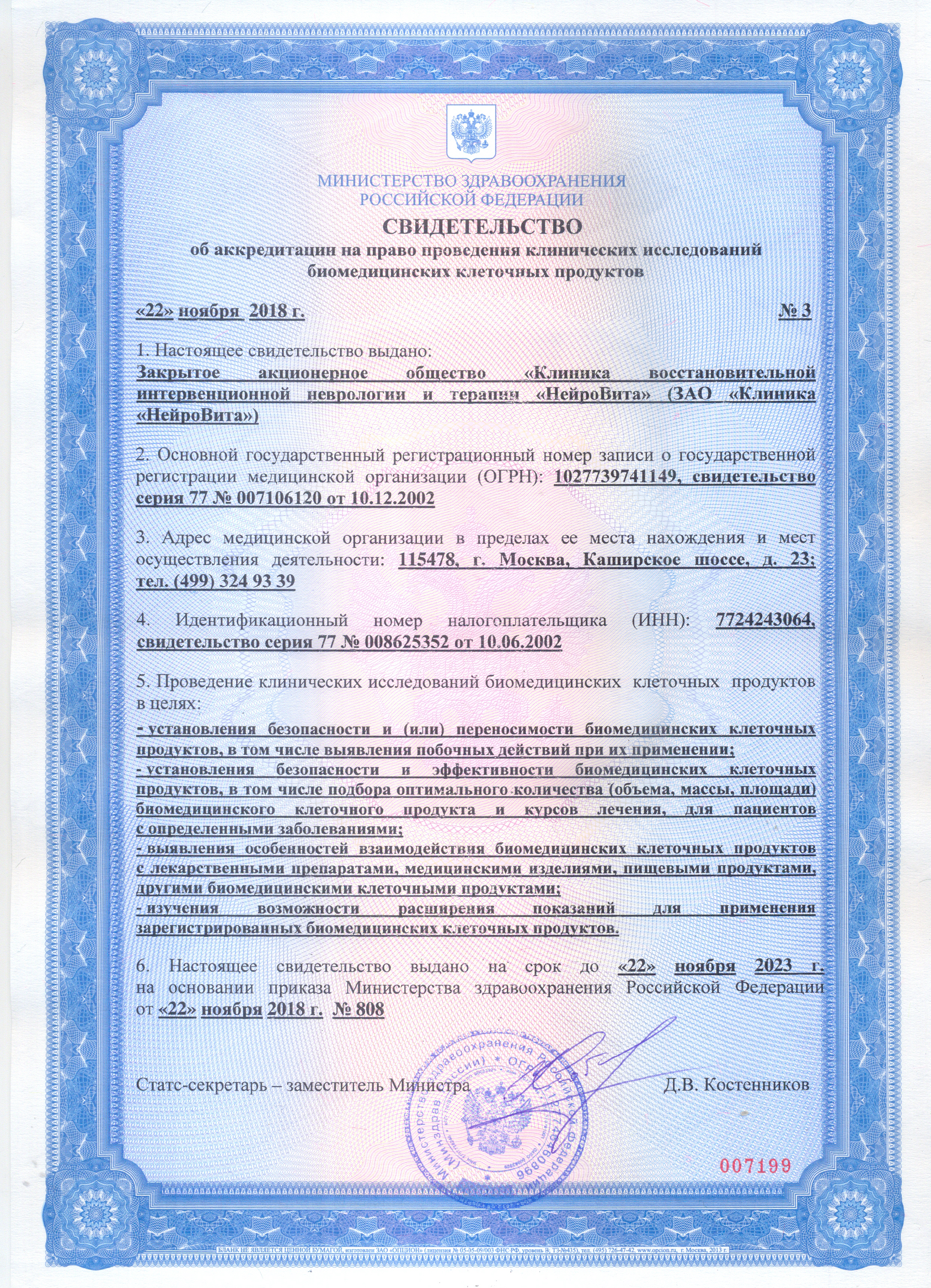Autoimmune Diseases
Autoimmune disorders (Greek αὐτός [authos]) is a class of various diseases induced by the pathological expression of the autoimmune antibodies or autoaggressive clones of killer cells that are active against normal tissues and lead to their damage and onset of the autoimmune inflammation. Production of pathological antibodies or pathological killer cells can be associated with infectious agents and their antigen determinants (epitopes) of the most important proteins resemble antigen determinants of normal tissues of the host’s tissues. This is the mechanism of the onset of autoimmune glomerulonephritis after the streptococcus or autoimmune reactive arthritis after gonorrhea.
Autoimmune reaction can also be associated with the degeneration or necrosis of the tissue induced by the infectious agent so that the pathologically modified tissue becomes immunogenic for the host’s organism. This is the principle of development of the autoimmune chronic active hepatitis that develops after hepatitis B.
The third possible reason for the autoimmune reaction is the violation of the integrity of the tissular (hysto-hematic) barriers that normally separate some of the organs and tissues from blood and, accordingly, from the immune aggression of the host’s lymphocytes. As far as the antigens of these tissues are normal, thymus does not eliminate the autoaggressive lymphocytes against these tissues. This does not interfere with the normal functioning of the organ until the tissular barrier is intact. This is the mechanism of chromic autoimmune prostatitis: normally, the prostate is separated from blood with the hemato-prostatic barrier, the antigens of the prostate tissue do not get into the blood, thymus does not eliminate the “anti-prostatic” lymphocytes. But in the case of inflammation, injury or infection of the prostate, the integrity of the hemato-prostatic barrier is violated and the autoaggression against the tissue of the prostate can be launched. Similarly, the autoimmune thyroiditis develops, as normally the thyroid colloid does not get into blood thanks to the hemato-thyroid barrier, in blood the thyreoglobuline and associated T3 and T4 are found.
The medical history has registered the cases when after traumatic loss of an eye the person quickly loses the other eye too: the immune cells perceive the tissues of a healthy eye as an antigen, because before that they lysed the remaining tissues of a diseased eye.
The autoimmune sterility is induced by the anti-spermal antibodies that develop in the case of violated hemato-testicular barrier.
The fourth possible reason for autoimmune reaction is hyperimmune condition (pathologically strong immunity) or immunologic imbalance associated with the disorders of the selective function of thymus that suppresses autoimmunity or reduced activity of the T-suppressive subpopulation of cells and enhanced activity of killer and helper subpopulations.
The autoimmune diseases are induced by the disorders of the immune system functions on the whole or its separate components. In particular it has been shown that T-lymphocytes are involved into the development of lupus, myasthenia or Basedow's disease. These diseases are characterized by the reduced function of this group of lymphocytes that normally restrain the immune response and prevent aggression towards the tissues of the host’s body.
In systemic sclerosis the function of the T-lymphocytes helpers (T-helpers) is upregulated, and this leads to the development of the excessive immune response to the body’s own antigens. It is quite possible that in the pathogenesis of some of autoimmune diseases both of these mechanisms are involved, along with other disorders of the functions of the immune system. Most of the autoimmune diseases are chronic. Their development has its period of complete remission and exacerbations. As a rule, chronic autoimmune diseases can lead to serious disorders of internal organs and even disability. Autoimmune reactions that accompany some of the diseases or medicines are short-term and usually disappear together with the reason.
The following autoimmune diseases are known.
- Addison disease
- Agammaglobulinaemia
- Alopecia
- Amyloid disease
- Ankylosing spondylitis
- Anti-GBM/Anti-ТВМ nephritis
- Antiphospholipid syndrome
- Autoimmune angiodystrophy
- Autoimmune dysfunction
- Autoimmune encephalomyelitis
- Autoimmune hepatitis
- Autoimmune internal ear disease (AIED)
- Autoimmune myocarditis
- Autoimmune pancreatitis
- Autoimmune retinopathy
- Autoimmune urticaria
- Acute motor axonal neuropathy (AMAN)
- Balo’s disease
- Bejcet’s disease
- Benign mucous membrane pemphigoid
- Bullous pemphigoid
- Castleman's disease (CD)
- Celiac disease
- Chagas disease
- Chronic Inflammatory Demyelinating Polyneuropathy (CIDP)
- Chronic recurrent multifocal osteomyelitis (CRMO)
- Churg-Strauss syndrome
- Cicatrizing pemphigoid
- Cogan syndrome
- Cold agglutinin disease
- Congenital heart block
- Autoimmune myocarditis
- CREST syndrome
- Crohn’s diesase
- Duhring's disease
- Dermatomyositis
- Neuromyelitis optica
- Discoid lupus
- Dressler's syndrome
- Endometreosis
- Eosinophilic esophagitis
- Eosinophilic fasciitis
- Erythema nodosum
- Essential mixed cryoglobulinemia
- Fibromyalgia
- Fibrous alveolytis
- Giant cell arteritis (temporal arteritis)
- Giant cell myocraditis
- Glomerulonephritis
- Goodpasture syndrome
- Granulomatosis with polyangiitis
- Grave’s disease
- Guillain-Barre syndrom
- Hashimoto's thyroiditis
- Haemolytic anaemia
- Henoch-Schonlein purpura (HSP)
- Pemphigoid gestation (PG)
- Hypogammalglobulinemia
- IgA nephropathy
- IgG4-related sclerosing disease
- Immune thrombocytopenic purpura (ITP)
- Inclusion body myositis (IBM)
- Interstitial cystitis (IC)
- Juvenile arthritis
- Juvenile onset diabetes (Type 1 Diabetes)
- Juvenile-onset myositis (JM)
- Kawasaki disease
- Eaton-Lambert syndrome
- Leukocytoclastic vasculitis
- Lichen
- Lichen sclerosis
- Autoimmune conjunctivitis
- linear IgA bullous dermatosis (LAD)
- Systemic lupus erythematosus
- Chronic Lyme disease
- Meniere's disease
- Microscopic polyangiitis (MPA)
- Mixed connective tissue disease (MCTD)
- Mooren's ulcer
- Mucha-Habermann disease
- Multiple sclerosis
- Myasthenia gravis
- Myositis
- Narcolepsy
- Neutropenia
- Ocular cicatricial pemphigoid
- Optic neuritis
- Palindromic rheumatism
- Pediatric Autoimmune Neuropsychiatric Disorders Associated with Streptococcal infections (PANDAS syndrome).
- Paraneoplastic cerebellar degeneration
- Paroxysmal nocturnal hemoglobinuria (PNH)
- Parry-Romberg syndrome
- Peripheral uveitis
- Parsonnage-Turner syndrome
- Pemphigus
- Peripheric neuropathy
- Autoimmune encephalomyelitis
- Addison-Biermer anemia
- POEMS syndrome
- Kussmaul disease
- Polyglandular autoimmune syndrome (PGA) of type I, II or III
- Polymyalgia rheumatic
- Polymyosite
- Syndrome of post-myocardial infarction
- Cardiotomy Syndrome
- Primary biliary cirrhosis
- Primary sclerosing cholangitis
- Autoimmune progesterone dermatitis
- Psoriasis
- Psoriatic arthritis
- Pure red cell aplasia (PRCA)
- Pediatric pyoderma gangrenosum
- Reynaud’s Syndrome
- Reactive arthritis
- Reflex sympathetic dystrophy
- Relapsing polychondritis
- Restless legs syndrome (RLS)
- Retroperitoneal fibrosis
- Rheumatic fever
- Rheumatoid arthritis
- Sarcoidosis
- Schmidt syndrome
- Scleritis
- Scleroderma
- Sjögren’s syndrome
- Sperm & testicular autoimmunity
- Stiff person syndrome (SPS)
- Subacute bacterial endocarditis (SBE)
- Susac’s syndrome
- Sympathetic ophthalmia (SO)
- Takayasu’s arteritis
- Temporal arteritis/Giant cell arteritis
- Thrombocytopenic purpura (TTP)
- Tolosa-Hunt syndrome (THS)
- Transverse myelitis
- Type 1 diabetes
- Ulcerative colitis (UC)
- Undifferentiated connective tissue disease (UCTD)
- Uveitis
- Vasculitis
- Vitiligo
- Wegener's granulomatosis





